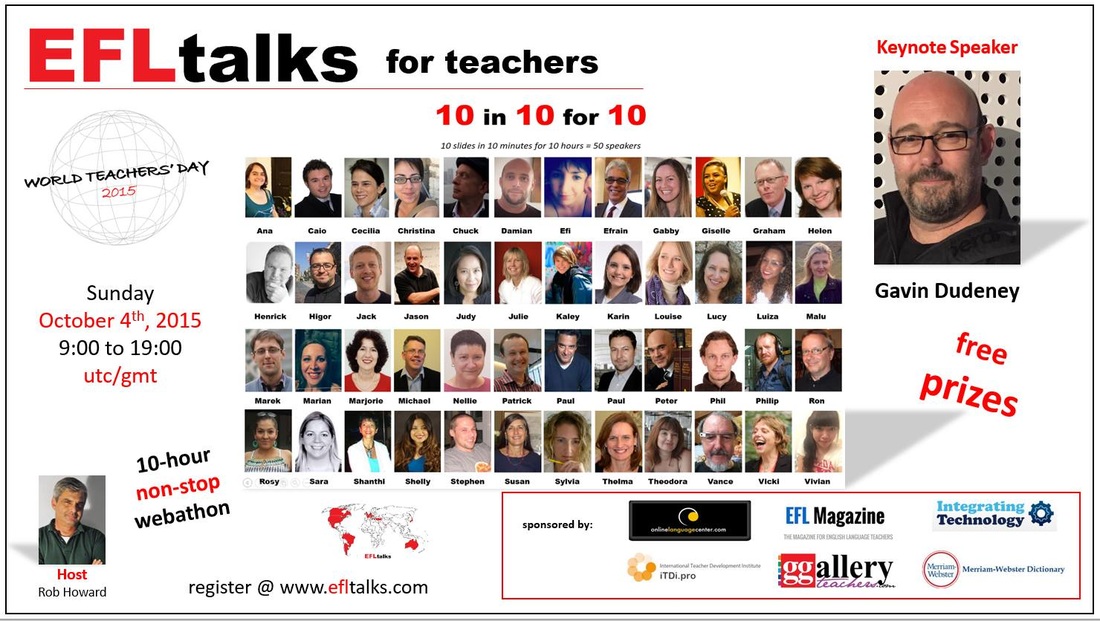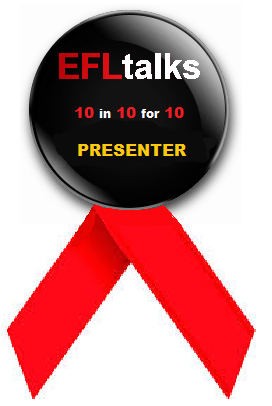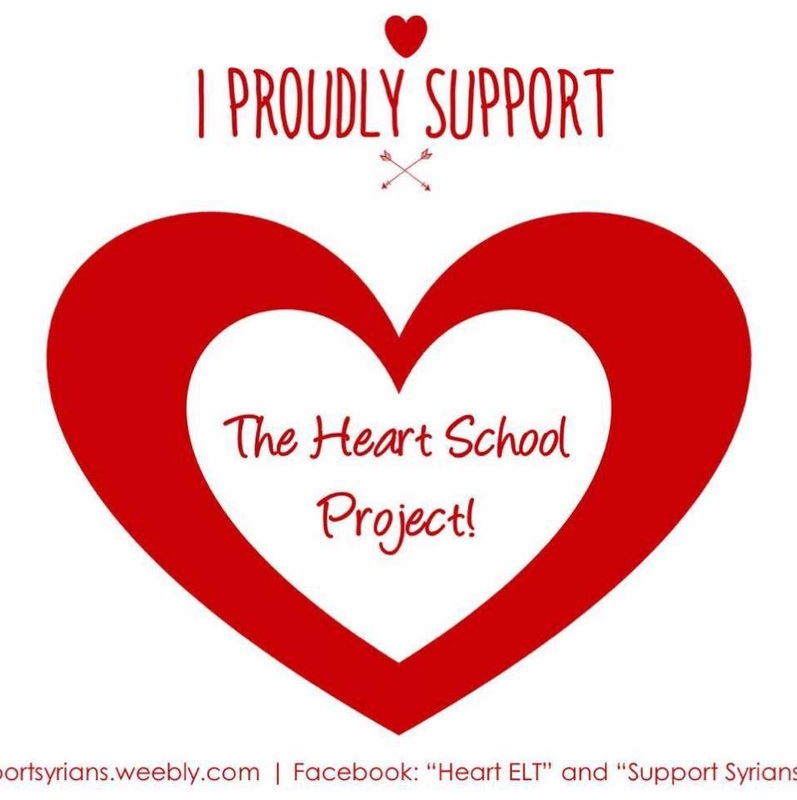|
Practise the Simple Present tense with your students using a FAST FUN SONG song in a Christmas them and revising morning routine activities at the same time. It can be used as an ACTION-SONG and the students will love it!! Let me know in the comments how you get along with this. Follow these tips and enjoy helping people learn English easily!! Your English fluency teacher, Susan You can download the script to the song here:
8 Comments
It is no news that practising a language with games makes boring work much more fun and as a result much more effective, too.
I am always trying to create opportunities to practise the language in a motivating manner and although I had already mentioned using random wheels such as those of Wheeldecide, I have recently been caught up in such a frenzy of wheel creation, inspired by the enthusiasm of my students of all levels & ages, that I thought I should share some of them here, in the hope of inspiring you to create more of these fun wheels. 1 - END OF YEAR REVISION (or as a STARTER for the new school year) The last days of school are always difficult to manage with everyone tired & looking forward to the holidays. So I devised a game with a wheel of random questions based on the content of the class book (in this case DIGITAL ENGLISH FILE ELEMENTARY & INTERMEDIATE) for my adult evening class students. Easy to play: hit the wheel & take turns in answering the questions. It was a great success with my normally not so easy to engage adults & at the end of the game everyone had practised speaking various times whilst revising a year's content. Would make a great starter revision activity at the beginning of the year, too. Create your own wheel based on your classbook or wheeldecide.com or feel free to use mine:
2 - TENSE REVISION
Combining two wheels can provide endless combinations of effective, fun learning. Take my TENSE REVISION WHEEL and combine it with a wheel you make specific to vocabulary or expressions you are studying (for example a DAILY ROUTINE WHEEL). Then spin them both: get students to say (and perhaps write for consolidation) what comes out: SIMPLE PAST + GET UP = Yesterday I GOT UP late. PRESENT PERFECT CONTINUOUS + WAKE UP = I HAVE BEEN WAKING UP in the middle of the night recently. As you can see, the game can be useful for all age-groups & ranges of ability.
3 - FREQUENCY ADVERBS & CHORES
Similarly for elementary students needing to practise frequency adverbs & simple present tense, my 3 wheel game can be an effective way of repeating the sentence structures until they become second nature: Spin the SUBJECT PRONOUN WHEEL , FREQUENCY ADVERB WHEEL & CHORES WHEEL and say or write what appears paying attention to the third person: He always sweeps the floor. We never do the washing up. Add a fourth wheel, the AFFIRMATIVE-NEGATIVE-QUESTION WHEEL, for a complete cycle of sentence structure training.
4 - GETTING TO KNOW YOU
This wheel can be made for various age groups & used at the beginning of the year as a class or even better in pairs (on tablet or mobile phone). I also used it at the end of my school year as a way of consolidating acquired knowledge with primary school children.
5 - VOCABULARY RECOGNITION IN PICTURE
Choose a detailed picture (for children I like those for the Cambridge Starters exam - yle-starters-word-list-picture-book) and teach the vocabulary, verbs & expressions. Then write them on a wheel, spin & have the children identify the various words & expressions but showing them to you in the picture.
Remember to click the option to make the wedges on the wheel disappear if you don't want to repeat them.
Let the WHEELDECIDE and have lots of fun!! Please add any ideas of your own in the comments. Follow these tips and enjoy helping people learn English easily!! Your English fluency teacher, Susan thereby unleashing their creativity, hiding their shyness to speak English behind the characters of the cartoon.Image credit: https://toontastic.withgoogle.com Hi teachers and language students! Have you ever heard of TOONTASTIC? Today I'm really excited to present to you TOONTASTIC, which I discovered very recently. It's an excellent app that you download on your phone. You then ask students to prepare, either spontaneously or with a script, a small sketch in which they take advantage of all the fun activities that are available on this to create a short story. It's very exciting, very easy to use, can be used offline as well and I'd like to give you some examples of what some of my students created in the video below. The very young students under age six need a lot of help with laying out the story and practising what to say before recording the one-minute scenes but older students are able to do it all by themselves. I also use this with some high school students and they can explain a scientific experiment, a historical event or represent a topic, as some 10-year olds did recently, by inventing a sketch on bullying which was very effective to convey an important message. Image credit: https://toontastic.withgoogle.com There are three possibilities: a 3-scene sketch called Short Story, a 5-part sketch called Classic Story or a 5-part Science Report. The students can use the characters proposed as they stand, customise them changing their colours, adding photos of the students' faces on them or drawing the characters themselves. For language learning purposes I ask them not to waste time on changing the characters because our objective is practising the English language. There are various settings to ignite the students' imaginations and in each setting many exciting things happen such as the cannonball shooting out when ignited, the volcano exploding when touched, the cable-car starting and stopping, doors opening and closing, all activated by the students touching various parts of the settings. The characters themselves also have exciting surprises such a those whose parachute opens, those whose tongue licks out unexpectedly and so on. As you can see, it's a very flexible app that can be used by all ages and what's exciting is that even shy students can speak because they hide behind the character and it really gets people talking. So the most interesting characteristic of this application is that we're getting students to finally speak and speak spontaneously. That's why I don't correct every mistake they make because it's better for them to become confident making a few mistakes than correcting every grammar point and then being shy to speak. So I definitely recommend TOONTASTIC. Have fun with it, try it out and as you can see, at the end it really turns out like a real film: they also show who made it which makes it a little more fun and realistic - directed by... starring... etc. Please write your experiences with the app in the comments below. It will be really interesting to hear all the different ways you use this app. Hoping to have shared some useful information. Your fluency teacher, Susan Images credit: https://toontastic.withgoogle.com Chants are a very repetitive way of embedding expressions in the brain so that they become second-nature and just 'sound right' without having to resort to learning grammar rules and translating from one's own language with the inevitable often horrific results. I have been setting expressions to music and rhythmic chants for decades with excellent results. What did you do today? is an action song for kids, which, through repetition, teaches the question form in the past simple tense, the answer with relative prepositions, shop vocabulary, infinitive of purpose and prepositions with transport. The idea is that you fix these expressions through repetitive chants so that they flow from your mouth spontaneously when you are speaking, without having to think. After having written and recorded a video of the song I realised it contradicts my lessons on the Present Perfect Tense always being used with 'today', 'this week' etc. and according to the grammar books you shouldn't use 'today' with the Simple Past Tense. This proves that a language is alive and more flexible than the rigid rules of a grammar book because the sentence is completely natural and widely used. The explanation lies in the fact that this question is asked at the end of the day when the events have already taken place and therefore are considered to be in a period which is completely finished, therefore using the Simple Past Tense despite the word 'today'. I hope you have fun with this repetitive chant. You can download the worksheet to the song below. Hope it's useful! Susan
International venues are the perfect place for you to practise your English & for me to discover mistakes which I can teach my students to avoid. Today I'm at the European Inline Speedskating Championships in Portugal & the speaker is doing an excellent job of introducing the skaters and cheering them on, giving us the results in a variety of languages, the main one obviously being English. He speaks it very fluently and comprehensibly but makes mistakes because he sometimes thinks in his own language and uses the wrong collocations. As we were leaving the track, for example, he kindly wished us, "Make a good lunch!" Now MAKE LUNCH means to prepare it whilst he almost certainly meant, "Have a good lunch", because HAVE LUNCH means to enjoy lunch. So it's very important to learn chunks of language to sound as natural as possible. Chunks can also be longer groups of words which are always used together. When you read, listen to native speakers and watch films, observe the sentences which are used repeatedly together and learn to use them so you sound natural. Chunks are like Lego pieces of different colours, sizes & lengths. You can build them together in various combinations but you will always sound more natural than if you translate. Take my word for it, use chunks to sound more natural! I hope these tips were useful for you! Write some chunks in the comments box below for others to learn. Your English fluency guide, Susan How can we GET STUDENTS to LEARN A LANGUAGE BY USING IT so that they BECOME CONFIDENT and FLUENT? First of all LEARNING has to be FUN for younger students and at least ENJOYABLE for adults.
The results are amazing because they not only create sentences easily but also practise the use of the 3rd person and consequently have to remember the addition of the ‘s’. The games I have been using recently are a complete success in the amount of fun the students have not only playing but managing to create a lot of correct sentences with the pronouns I, he & she, the frequency adverbs and a time expression. I have introduced affirmative, negative & question dice for older and more proficient students. I recommend trying it out for yourselves! Check out my latest Household Chores Routine Song for some language to make playing cards with, as well as my recent Morning, Afternoon, Sports & Clothes Routine Songs I hope you find this useful. Please leave any comments below and if you like this blog, please subscribe for more updates. Susan
How to GET even YOUNGER STUDENTS or ELEMENTARY students SPEAKING EASILY!
Speaking is the least practised skill due to limited vocabulary, shyness and a tendency to be ashamed of making mistakes. Yet it is the most important skill for communicating and the one which one needs most when travelling and on the job, be it face-to-face or over the phone.
So speaking is very important right from the start, even with limited knowledge of vocabulary and tenses. Getting the mouth to shape the words and making mistakes is fundamental to building confidence and practising pronunciation. I always encourage speaking from the start even for elementary students and young children. But very often they are at a loss for ideas of what to say. So I decided to get about 80 small pictures and laminate them, dividing them into two categories:
I put a small piece of rough velcro on the back of each and made ‘velcro boards’ with the soft part of the velcro so that students can stick the two pictures on the board next to each other. It takes a little preparation but they can be reused infinitely, creating new sentences every time. (‘Velcro boards’ also allow students to quickly create ‘stories’ with a series of pictures or daily routines which they can then tell the rest of the class.) The two categories are spread out onto a desk, category 1 on the left and category 2 on the right.
Students have to simply choose two pictures: one from each category. They then invent a sentence in whichever tense you are practising to describe what is happening.
Younger children also enjoy making up silly sentences (e.g. ‘A dolphin is flying in the sky.’) but as long as they know the meaning it adds up to a little creative fun.
More advanced students can enrich the sentences with adverbs, adjectives and perhaps why this event is taking place:
I hope you find this useful. Please leave any comments below and if you like this blog, please subscribe for more updates. Susan Chants are a very repetitive way of embedding expressions in the brain so that they become second-nature and just 'sound right' without having to resort to learning grammar rules and translating from one's own language with the inevitable often horrific results. I have been setting expressions to music and rhythmic chants for decades with excellent results. GOOD AT is an expression which many of my students just cannot remember and I would like them to be able to use collocations spontaneously - so I have invented this chant in the hope of fixing this expression forever!! You can download the worksheet to the song below. Hope it's useful! Susan
Imagine being a baby ripped from your warm cosy bed to be taken like a parcel on a treacherous journey because your parents want to be able to offer you a better life, a life of peace with a future… Imagine growing up for four – five years in a refugee camp: living in makeshift tents, muddy outside when it rains, nowhere safe to play, nothing particular to do… you are now five years old and have known nothing else – this is your whole life! But you are a child, with a right to play in a safe environment, a right to be stimulated with toys and books, a right to learn, a right to be creative, a right to education… And then there is the scary part: the story of your friends, the ones you played with until yesterday – you hear they went away on a big, big boat but the boat sank and your friends went under water – they are no more… scary! Really scary because you know your parents might like to try and go away from this only world you know, too! The Heart School is a little shining star in the midst of this refugee camp: something to look forward to everyday; a place to meet your friends, be creative and play; a place that will teach a lot and even English for your future one day… Let’s give these children HOPE… http://heartelt.org/#portfolio Support the project by buying a book of teaching activities: http://heartelt.org/#publications Reblogged from http://heartelt.org/2016/05/06/refugee-children-not-statistics-but-children-with-the-same-rights/
VERBS & TENSES practised in a FLEXIBLE CARD GAME – HAPPY FAMILIES created with younger students29/4/2016 – a fun activity to practice the different VERBS & TENSES after having MADE THE GAME TOGETHER with the students… GETTING STUDENTS INVOLVED IN LESSON PREPARATION will make the CONTENTS MORE MEMORABLE... ONE GAME – MANY VERBS & TENSES: This blogpost is the development of a previous one I had written on involving students in lesson preparation for Happy Families. Before the digital era I had dedicated many days to preparing a large set of Happy Families cards based on vocabulary sets: cutting out pictures from magazines, writing in beautiful handwriting in different colours, covering the cards back and front with transparent sticky film - no laminating in those days. After much fun play in class, my bag of carefully homemade teaching resources was stolen from my car together with my old school uniform, I kept to show my students. So I lost all motivation to create a new set. Recently, however, I felt the need for that very useful game and realized that in the digital age it would be much easier to recreate. I suddenly realized how well it would also work with verbs and am now in the process of making a pack of cards for verbs and another for vocabulary which I shall share in due course. Not having any cards ready, I decided to involve my students of varying ages in creating sets of cards based on different VERBS and explaining the rules at the same time. THE GAME WAS A HUGE SUCCESS because, HAVING PARTICIPATED IN ITS CREATION, it was EASIER TO REMEMBER THE VOCABULARY and WORDS. As a result I have decided I will involve my students in lesson preparation more often in order to make learning more memorable for them. The cards are very flexible: using VERBS allows for TENSE PRACTICE during the game. Depending on the level of the students you can ask: Have you got “go swimming?” Yes, I have. Are you “going swimming?” Yes, I am. Do you “go swimming” everyday? Yes, I do. Did you “go swimming” yesterday? Yes, I did. Have you ever “gone swimming” in the ocean? Yes, I have. Will you “go swimming” with your friends? Yes, I will. Do you like “going swimming” in lakes? Yes, I do. … and so on… For those who don’t know how to play HAPPY FAMILIES:
You can download the game below in two versions:
Hope you have fun with it! Susan
English pronunciation has no logic but if you LISTEN carefully you will be able to hear the SUBTLE DIFFERENCES between how a NATIVE says a word & how a learner of English will read a word. DON'T READ! LISTEN & IMITATE the sound you hear - that's the correct pronunciation! Don't be distracted by the way it's written - LISTEN & REPEAT IMITATING!!
Tricky ENGLISH PRONUNCIATION Made Easy is a series to HELP students PERFECTION their PRONUNCIATION in difficult areas of English. Want to speak like a native? Say FACEsssssssBOOK SsssssssLOWLY like a SsssssssNAKE.... Learners of English tend to pronounce the letter S before a consonant at the beginning of a word like a Z so they ZMILE when it ZNOWS; they like ZWIMMING ZLOWLY and they offer UZ a ZLICE of cake just to give a few examples. It gives USsssssss GOOSEsssssssPIMPLES to hear that they live in a HOUZE, that they post THIZ photo on FAZEBOOK! So if you want to speak like a native pay great attention to how we pronounce the letter S in various contexts: http://youtu.be/zMbxBm3gpO8 You can download the picture below. I hope you find this useful. Susan
Tricky ENGLISH PRONUNCIATION Made Easy is a series to HELP students PERFECTION their PRONUNCIATION in difficult areas of English. Pronouncing HUNGRY with a clearly AUDIBLE H and the subsequent letter U with a VERTICALLY OPEN MOUTH (opening the top jaw UP and the bottom jaw DOWN) seems problematic for some students who need to practise this movement and sound very consciously. In contrast there is the pronunciation of ANGRY where absolutely NO H must be heard and the initial letter A must be pronounced with a HORIZONTALLY OPEN MOUTH (opening the MOUTH WIDE from SIDE to SIDE). CORRECT PRONUNCIATION is often UNDERESTIMATED by students who repute us to be exaggerated in our precision but even teachers may have problems understanding a student who does not pronounce words correctly let alone a person on the street or members of an audience at a conference. Therefore CORRECT PRONUNCIATION is a very IMPORTANT part of language acquisition. PRACTISE PRACTISE PRACTISE !! You can download the picture below. I hope you find this diagram as useful. Susan The INTERRUPTION GAME: bombarding a classmate with questions – a fast and engaging speaking activity7/2/2016 The INTERRUPTION GAME: a fast, fun, highly effective and exciting no-prep speaking activity which engages all the class against one student.
Set your timer at 5 minutes. Choose a student to tell us their typical day from the moment they wake up till the moment they turn off the light to sleep. His aim is to get to the end of the day having given a very detailed account filling all the five minutes (no less – no more). The aim of the rest of the class is to stop him from getting to the end of his day by interrupting him with pertinent details regarding what he is saying:
The teacher listens and makes a note on the board of wrong questions or answers, which are only subsequently corrected altogether by the class guided by the teacher. I read about this activity in a blog about a year ago but cannot remember who to credit for it. In any case students tend to love it and participate eagerly with the consequential benefit of practice and learning. I hope you have fun with this activity. Susan Traditions are the glue which hold society together – we may have different opinions, political views, different religions and awkward characters but our common traditions keep us together. December and January in my family are also the birthday months of my children (24th December for my daughter / 24th January for my son) and I have always followed British birthday party traditions despite living abroad. Moving from country to country I realized that even simple, apparently less important celebrations such as birthday parties for children and youngsters differ greatly. We, in Great Britain, have quite traditional activities for younger children at birthday parties while organizing a party for teenagers that is fun can be quite demanding. I realized that a BIRTHDAY LESSON Plan can give insight into lesser British traditions and at the same time many Birthday Party Games can be adapted for learning languages as well. So how do children under the age of 10 celebrate a typical home birthday party? For those families who do not want to or cannot spend money on hiring an entertainer or magician, for those who prefer not to go to a ‘bouncy castle’ park or other location for birthday events outside the home, there are fun traditional games which do involve adult organization but make a birthday a special play date – different from when friends just come over to play (I discovered that in Italy children just play freely making it no different from any other occasion and due to the higher number of guests than normal, mayhem usually occurs.) When the young guests arrive the presents are all collected on a low table and the children sit neatly in a circle while the birthday child opens the presents one by one, admiring and thanking as he goes. Then it is time for the traditional organized games (this is where I had great difficulty convincing Italian children that they had to participate in the games I organized and not just play around as they liked).
There are many other traditional games as well as new technological ones but the important thing is for the children to interact all together at the party and not break up into small groups. Obviously the party ends with lots of finger food (small sandwiches, fairy cakes, crisps) and of course the astonishingly shaped* home-made birthday cake with traditional song and blowing of candles. (For lessons make sure they pronounce HAPPY BIRTHDAY correctly by ‘spitting’ the ‘TH’ sound like in the ordinal numbers (10th) and not making it a soft sound like in mother.). In Great Britain it is customary for the birthday child to give small ‘going home presents’ to the guests as they leave (which are inexpensive tokens of gratitude). What about those aged 10 upwards – how do they celebrate a typical birthday party? A theme is very often chosen. For my son’s 10th birthday party I organized a surprise ‘flight’ to a mystery destination. Everything from the ‘flight ticket invitations’, to the airport check-in on arrival and the ‘flight’ by car to the mystery destination, which was a tiny light aircraft local airport for a guided tour of the two-seater planes and how they worked. The airplane shaped cake and the History of Flight video ended the party for my airplane crazy son who is now 18 and already training for his second pilot licence. For my daughter 10th birthday in December the theme was a spy training camp for which I started sending out mystery invitations to decode every week starting in October and no one (not even my own children) knew where they came from. It all ended on the day of the party with lots of spy gadgets and fun from finger prints to shooting pop guns and working out how to unlock the treasure chests with a mystery code. Birthday parties are a big event in our tradition even for teenagers where the treasure hunt can be at the town mall picking up the unexpected presents from shop to shop on the way… How do you celebrate birthday parties where you live? Please leave comments below in a wonderful exchange… I hope you have fun with these traditional birthday party activites. Susan
http://www.appliancesonlineblog.com.au/cooking/why-the-womens-weekly-childrens-birthday-cake-book-is-the-best-cookbook-ever-written/
The last few days before Christmas are marked by LOW CONCENTRATION and HIGH EXCITEMENT built up by all the pre-Christmas activities and the tiring end of the year. I usually reserve these following activities for just this last period and it always captures the students attention.
You can download the links to these activities below. I hope you have fun with these last-minute Christmas activites. Susan
Adults and children alike tend to sing songs often without thinking of their meaning. Christmas is a time for singing and I have broken down a Christmas song for teens and adults, Happy Christmas, as well as one for children, Rudolph, to practise adjectives and expressions. I start by singing the song, we then personalize the main sentences (see my sheets) to make them more meaningful for the students who will hopefully not only remember the new words and expressions repeating them in song but will also have fun doing so. You can download my sheets below. Feel free to delete or translate the Italian into another language. I hope you find the activity useful and enjoyable. Susan
Christmas adverts can be stimulating to use in class for language learning. This particular one is very rich in details so one can use it for vocabulary acquisition. Apart from asking the very specific questions on the sheets, I often expand by asking students to predict was is going to happen next as well as recounting what has just happened. A vocabulary rich Christmas activity to do in class or even autonomously at home: stop the video numerous times following the indications given and enjoy describing all the details of the kitchen in this fun disastrous Christmas with Mog, the cat. Excellent for revising and learning new vocabulary in the kitchen! Enjoy! You can download the sheets below. I hope you find the activity useful and enjoyable. Susan
As the festive season nears it's nice to do language activities in the Christmas spirit even if our students come from a multicultural background or are atheist. I feel it should be seen by all participants in class not so much as a religious moment solely for Christians (the Church is the appropriate place for that) but as an opportunity to exchange cultural and religious traditions from all over the world. So,whilst I explain to students how the Christmas season is celebrated in Great Britain, I also take the opportunity to ask students of other faiths and non to tell us about their greatest celebrations during the year. It's very interesting to hear about other religious traditions and a moment of sharing. Just as interesting is to discover that many families in far off countries celebrate Christmas despite not being Christian as a day for families to reunite, spend time together and exchange presents. So, apart from singing traditional carols, modern Christmas songs and enacting the Nativity, students enjoy any language activity in a new festive season motif. An activity I read about a couple of years ago but cannot remember the source (please let me know if you recognise who invented this activity) is: GUESS WHAT'S INSIDE THE CHRISTMAS STOCKING! I adapted it into two versions: one stocking for beginners with a PDF of suggestions as to the contents (objects for children & teens) and another stocking for adults with just a few prompts on the language of speculation: It could be... It might be... It can't be.... I thinks it's... It must be made of... It rattles so... etc. This seemingly simple activity causes much speculation amongst participants young and old, keeping them fully concentrated and engaged for more than half an hour, feeling the shape and consistency of the objects through the stocking, trying to guess the materials they are made of as well. At the end the stocking is opened and the objects revealed! A fun, exciting and useful activity for all ages, learning to discuss what things look, feel like and are made of. You can download my two sheets and the audio for beginners. Hope you have fun with them, Susan
Preschoolers (and younger Primary School children) love singing to movements. I invented this Preschool Nativity Play Song to act out the Nativity so as to learn not only the story but also a lot of vocabulary as well. We usually do it altogether, assigning just the main roles to a few but everyone else joining in at the same time. The more dramatic the movements, the more meaningful and fun: father’s long long beard reaches the ground (pulling it from our chins), we put our hands up on our heads to imitate the donkey’s long long ears, and so on … Depending on the size of the group we sometimes improvise costumes as well, or one of the bigger children as a donkey – we often make crowns for the Wise Men and a few ‘presents’ before starting the song. Anything to make it fun and memorable. I am posting it well ahead of time because some teachers like to do it as a one-off activity whilst others like to practise it for an upcoming Christmas show. Either way, you can download the NATIVITY SONG and suggested tune in the audio below. Hope the children enjoy it! Susan
GETTING STUDENTS INVOLVED IN LESSON PREPARATION will make the CONTENTS MORE MEMORABLE... Previous to the digital era I had dedicated many days to preparing a large set of Happy Families cards based on vocabulary sets: cutting out pictures from magazines, writing in beautiful handwriting in different colours, covering the cards back and front with transparent sticky film - no laminating in those days. After much fun play in class, my bag of carefully homemade teaching resources was stolen from my car together with my old school uniform, I kept to show my students. So I lost all motivation to create a new set. Recently, however, I felt the need for that very useful game and realized that in the digital age it would be much easier to recreate. I suddenly realized how well it would also work with verbs and am now in the process of making a pack of cards for verbs and another for vocabulary which I shall share in due course. Not having any cards ready, yesterday I decided to involve my preschool group in creating three simple sets and explaining the rules at the same time. THE GAME WAS A HUGE SUCCESS because, HAVING PARTICIPATED IN ITS CREATION, it was EASIER TO REMEMBER THE VOCABULARY and WORDS. As a result I have decided I will involve my younger children in lesson preparation more often in order to make learning more memorable for them. For those who don’t know how to play HAPPY FAMILIES:
You can download the game below. I shall share the new ones I make in due course (more elaborate including tense changes). Hope you have fun with it! Susan P.S. Someone rightly noticed that I wrote 'do' climbing instead of 'go'. This was because the little girl who suggested it to me 'does' climbing on a wall in a local gym and on the spur of the moment I considered it equivalent to what gymnasts 'do'. I will make sure I put it with 'go' on the new cards I make because it is effectively and outdoor sport.
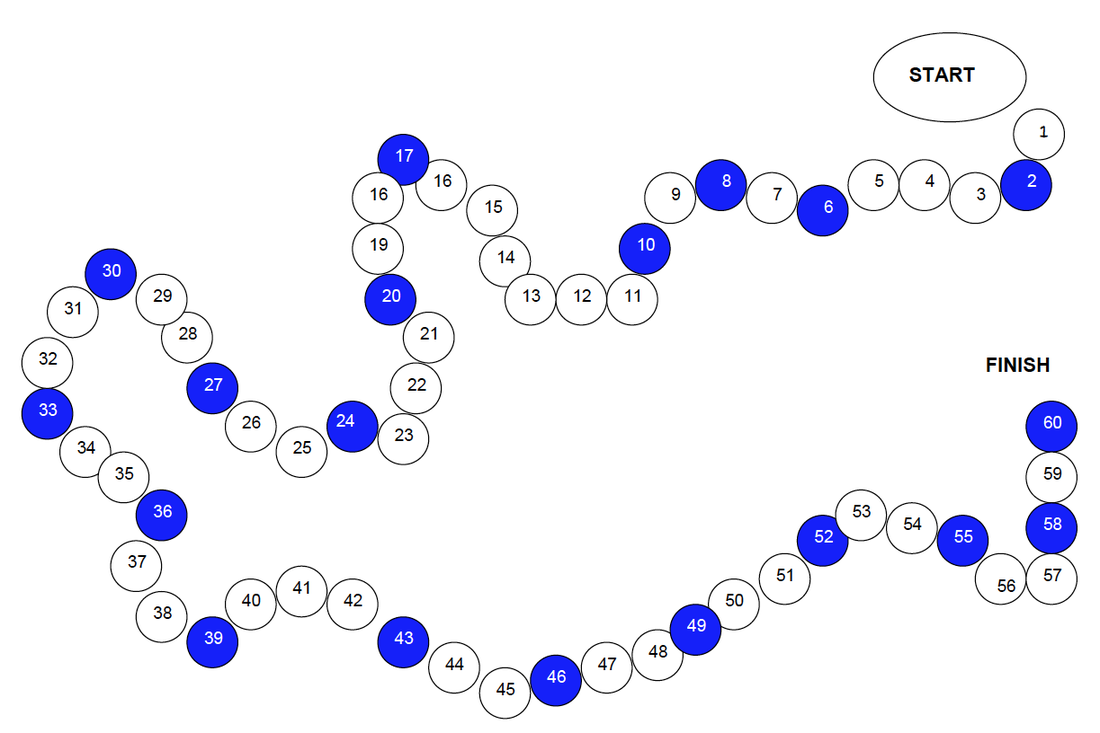 The PRESENT SIMPLE contrasted with the PRESENT CONTINUOUS can be practiced easily with a fun game of ludo. I find that it is a recurrent problem which needs lots of practice. I usually draw a winding ludo board on the blackboard but you can also project the gameboard I have to download on the IWB or else even print a copy for a group of students to play on. I like to first revise the grammatical differences before dividing the class into two teams and getting them to throw the dice. Each team in turn answers the question according to the number they land on (having previously handed out the photocopied questions to them). If they answer correctly they can stay on the square where they just landed. If they make a mistake they go back to the previous square they were on. The first team to reach the FINISH is obviously the winner. The game is not at all as easy as it seems and sometimes two answers could be possible depending on interpretation. However, due to its challenging nature it is fun as well as being effective. You can download the game below. Hope you have fun with it! Susan P.S. I forgot to mention that because there are only 55 questions but 60 balls on the board, you then restart from the beginning and number 56 is equivalent to question 1, 57 = question 2, 58 = question 3, 59 = question 4 and 60 = question 5. This is to repeat the trickier questions at the beginning which sometimes lead students to give the wrong answer. The blue balls can be used or not - as you please. You could allow those landing on a blue ball to throw the dice again for example.
Repetitive NURSERY RHYMES with their easy rhythmic tunes and well-known NURSERY TALES lend themselves to SINGING and ACTING: two activities which children love doing!! Many years ago I ADAPTED three NURSERY TALES in increasing difficulty to RECYCLE the most important LANGUAGE we had learnt during the school year. Children loved it and parents enjoyed watching their children's progress. HAVING FUN was another key element to making sure they learnt EXPRESSIONS IN A MEANINGFUL CONTEXT. NURSERY RHYMES can also be ACTED OUT whilst they are being SUNG to consolidate their meaning and enable children to pronounce somewhat complicated sentences to PAVE THEIR WAY TO FLUENCY... CINDERELLA is the third and last in order of difficulty of the three to download with the pronunciation guide as well to help children practise alone at home. (See previous posts dated 9th July 2015 for the easier LITTLE RED RIDING HOOD or the medium difficulty GOLDILOCKS dated 31st August 2015). In those days children had no other way of practising autonomously. Nowadays I prefer to RECORD AUDIOS of the pronunciations for them TO LISTEN TO REPEATEDLY all collected in a Dropbox folder for easy access. Try these out! Hope you have fun with it! Susan
Children will listen in awe if you read them a captivating story using plenty of expression! The illustrations help comprehension even though I must admit that when I read a story to young learners of English, I read and translate it orally sentence by sentence as I’m going along – recording it for them to listen to again and again. This exception to my rule of never translating is to incentivate children to be patient and hear the story out until the end. Some of the children I teach are still toddlers and until about the age of 10 I feel they need this support. I try to explain the meaning from age 11 upwards rather than translating. In today’s age of technology where everything is ‘consumed’ at full speed or immediately abandoned at the first waning of interest, books start losing their appeal early on in life and so people miss out on so much in the wonderful world of books where your imagination may wander…. Translating for younger children also allows us to enjoy a little more complicated stories rather than limiting ourselves to the few simpler books.
Children’s books have the most wonderful illustrations and so, occasionally, I take a picture and separate the different parts of it together with my students so we can describe the individual details and appreciate their artistic beauty. My students love them. I then laminate these individual parts of the picture and we play games with them to learn the vocabulary and expressions. The most popular and effective game for learning the vocabulary and expressions is ‘Snap’, whereby I say each word or expression as they turn the cards to connect the visual aid with the sound of the word for the younger ones and to teach the pronunciation of the written word to the older ones. After a few games I try to get them to say the words instead. This activity of looking at the illustrations in detail proves to be very popular with my students who then enjoy looking at the details in the illustrations of their own reading books at home. Hope you like this idea! Susan
Many certifications, beginning with the Cambridge English: Young Learners STARTERS /MOVERS / FLYERS exams for primary school children, require students to describe pictures in varying detail depending on their level and to understand listening pieces in order to carry out tasks demonstrating their comprehension. Therefore practising these skills intensely together will give the students the confidence to face these exams from a very young age.
I have tried describing these pictures with chants where I sing a piece and they repeat it like an echo. To make it more fun I have them search for what we are singing and see if they can find it before their friends. This makes them not only practise fluency but also verify their comprehension.
Subsequently – when the chant has been repeated numerous times over a period of time (a few days) – students can be asked to describe the picture with their own words. Inevitably they will use the right collocations and vocabulary. For older students one might try making a gap-fill with the text to see if they remember the right prepositions or collocations. For this purpose I am also adding the Word document to modify as you feel necessary. Children could, in groups, describe one aspect of another picture and then all the class puts the various sentences together into a chant to sing together. All the materials and audio are provided below for you to download. If you have any other ideas of how one could exploit the materials please comment below. Hope you have fun using them! Susan
|
Categories
All
Would you like regular English learning & teaching ideas? Subscribe to my blog so you don't miss a post!
AuthorMy name is Susan Brodar, born in London into a multilingual family and brought up bilingual English / Italian. Archives
December 2018
|
|||||||||||||||||||||||||||||||||||||||||||||||||||||||||||||||||||||||||||||||||||||||||||||||||||||||||||||||||||||||||||||||||||||||||||||||||||||||||||||||||||||||||||||||||||||||||||||||||||||||||||||||||||||||||||||||||||||||||||||||||||||||||||||||||||||||||||||||||||||||||||||||||||||||||||||||||

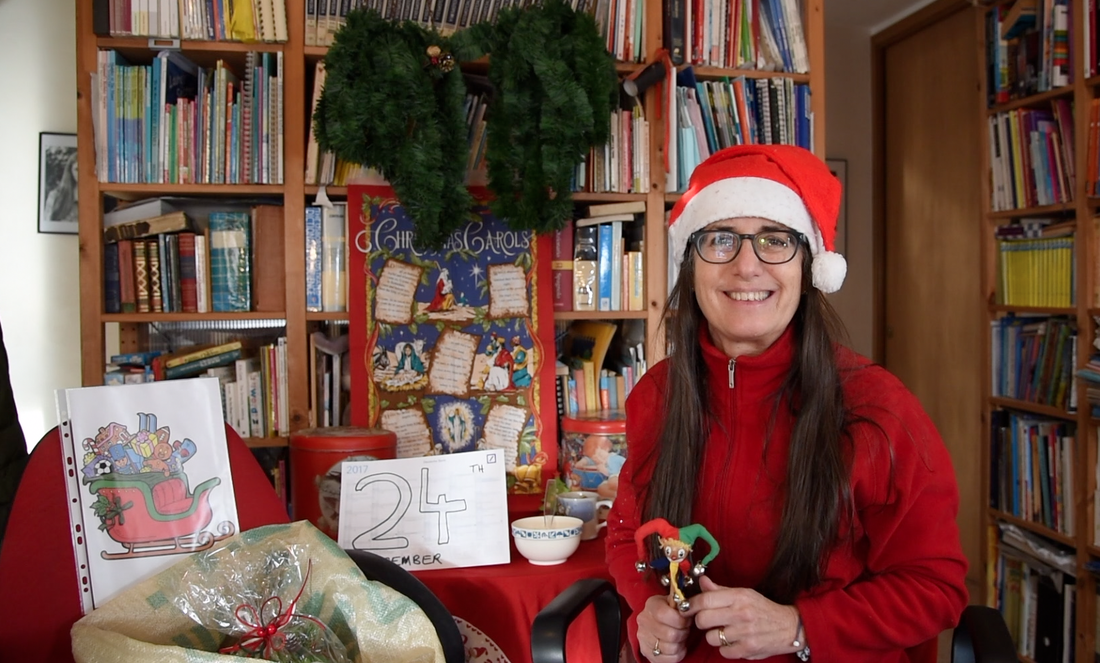
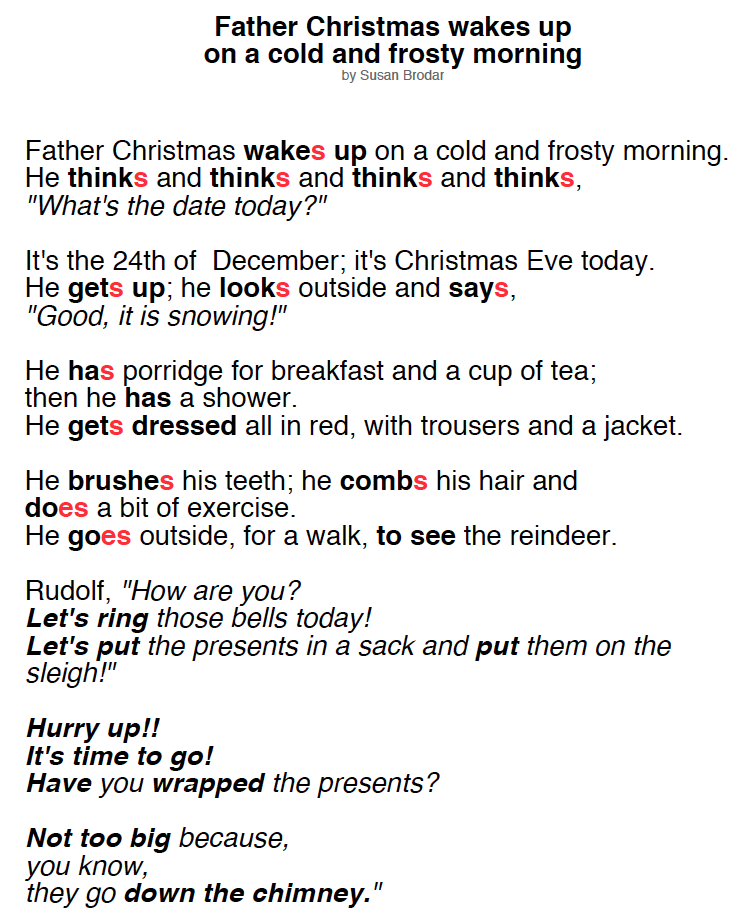
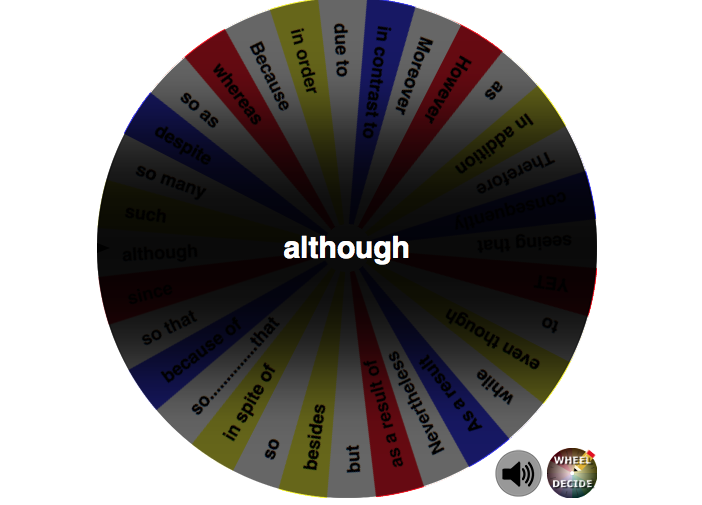
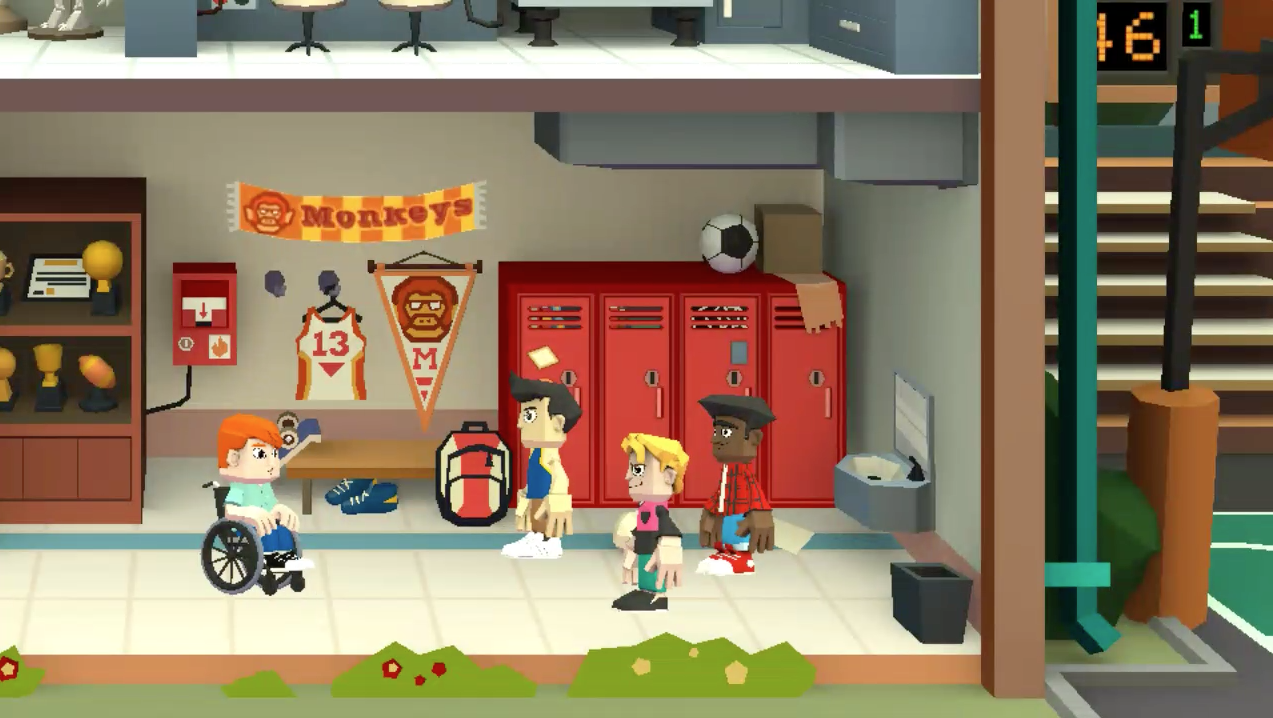
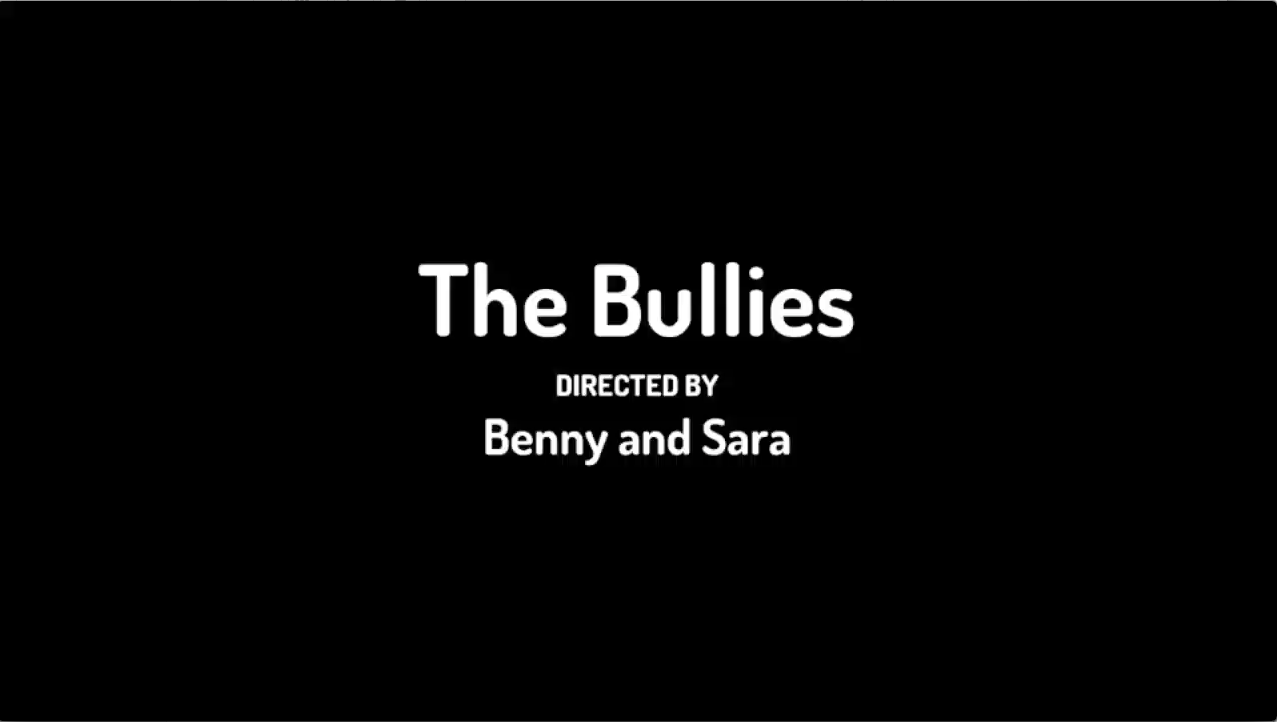
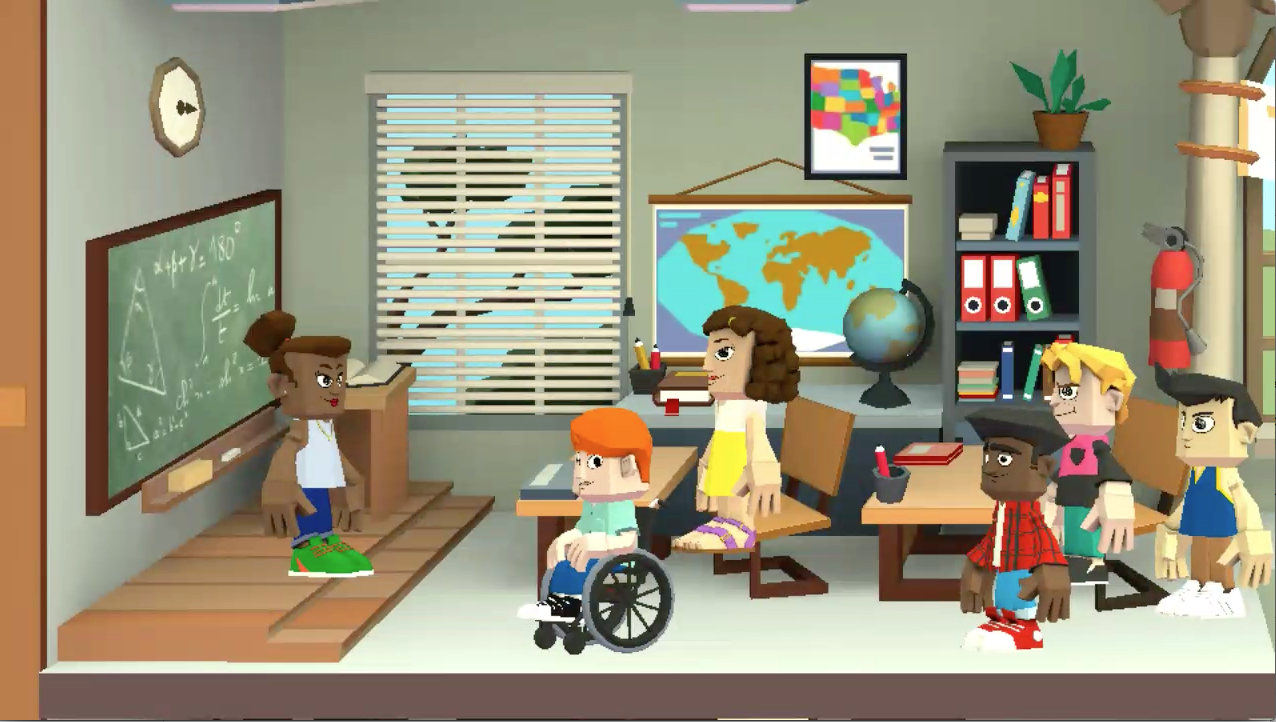
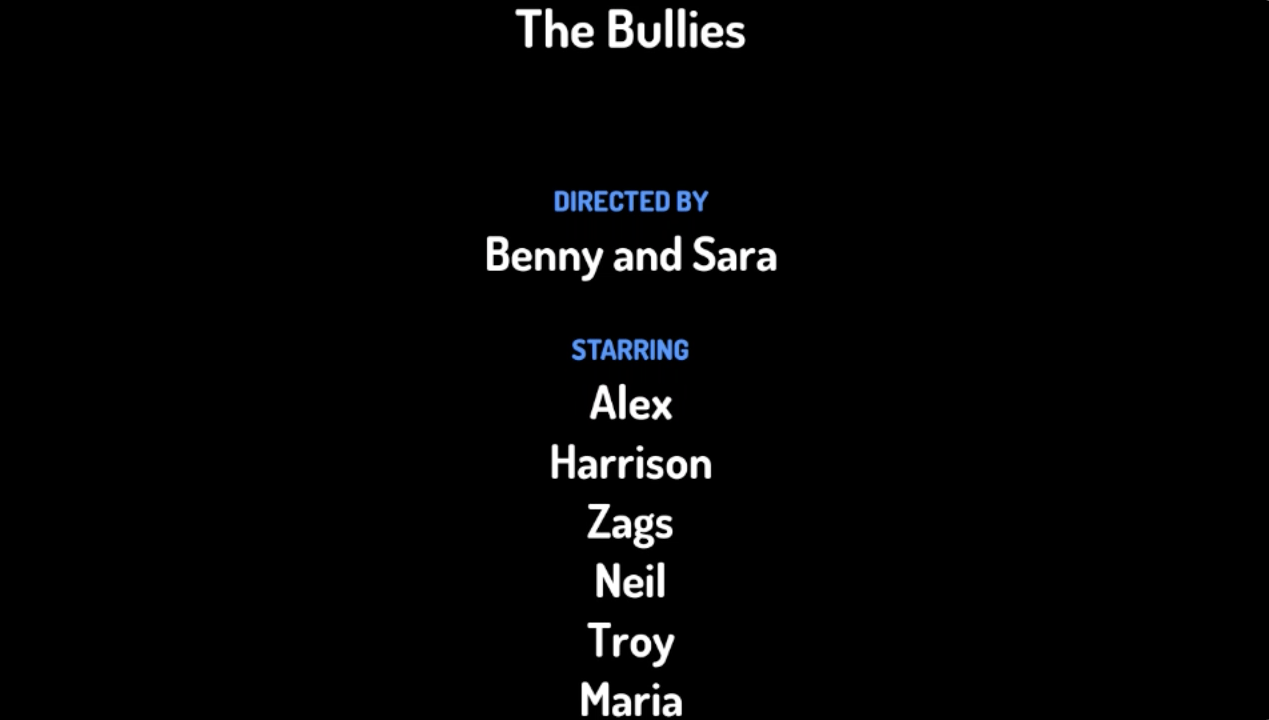
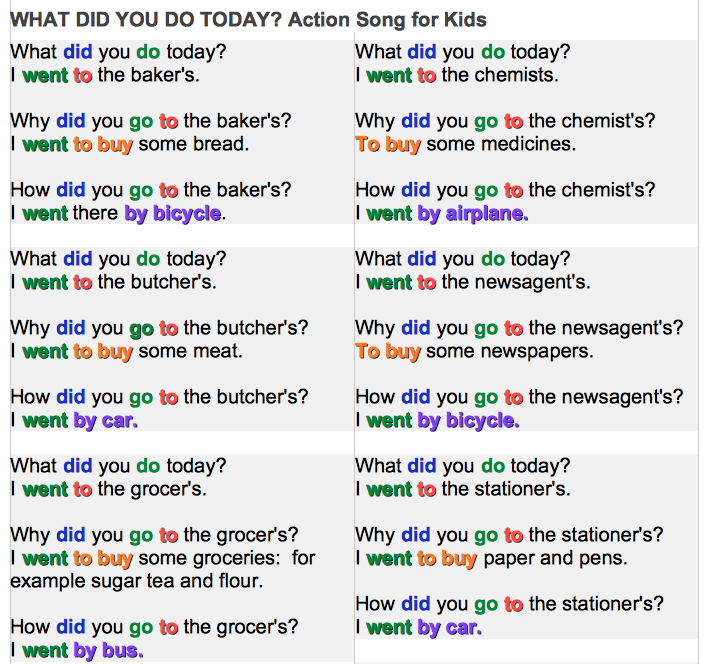
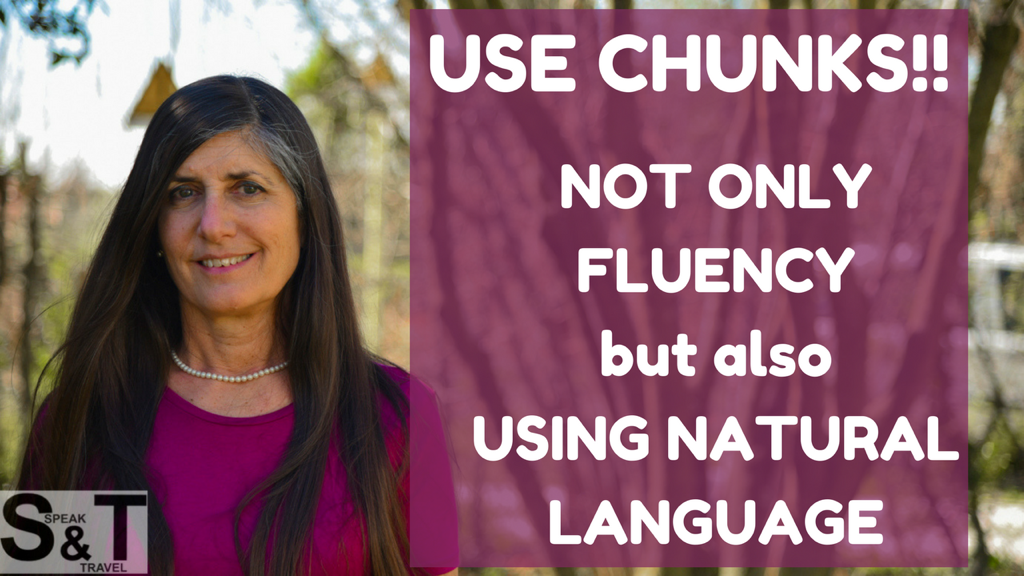
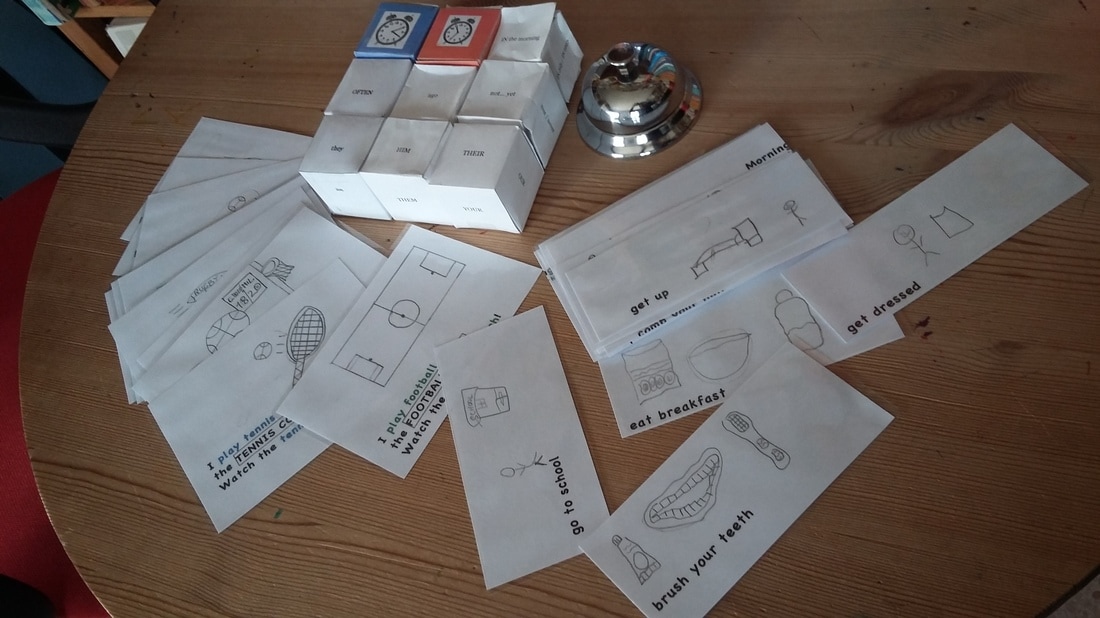


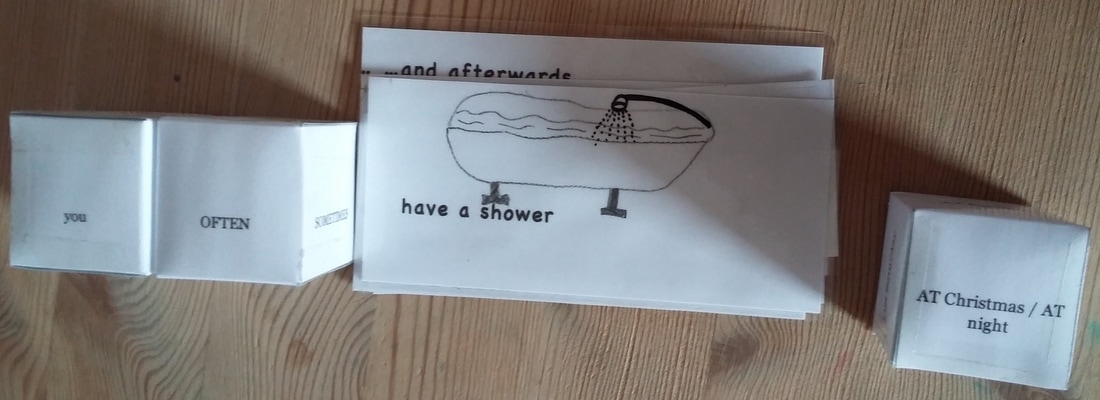


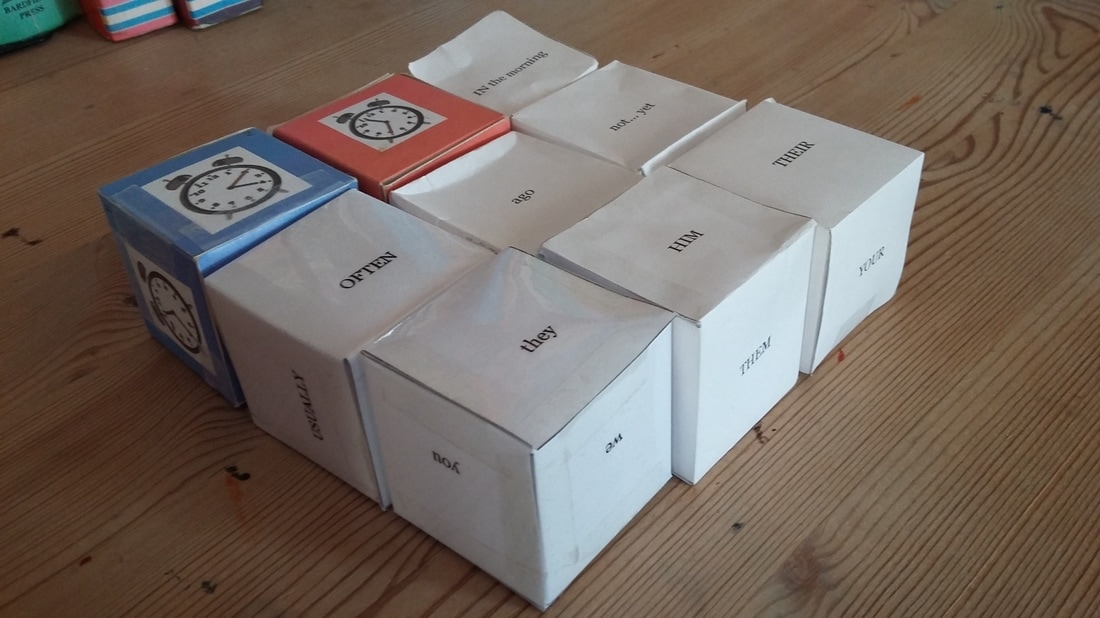
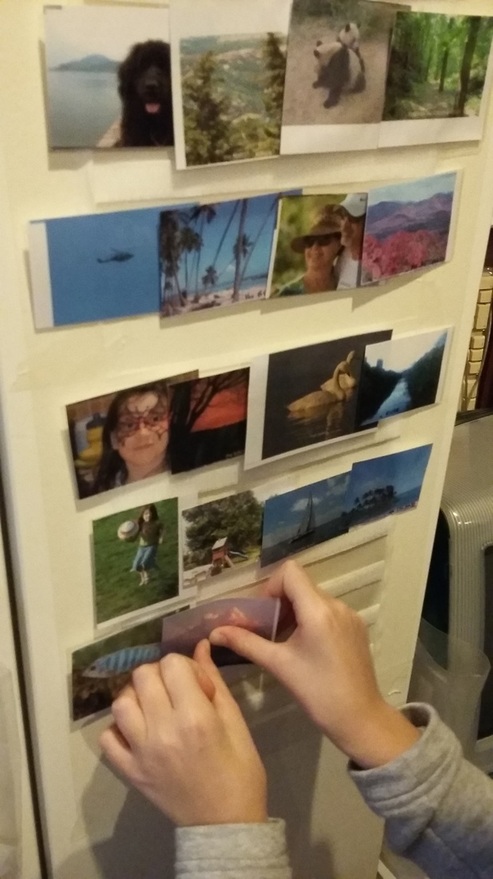
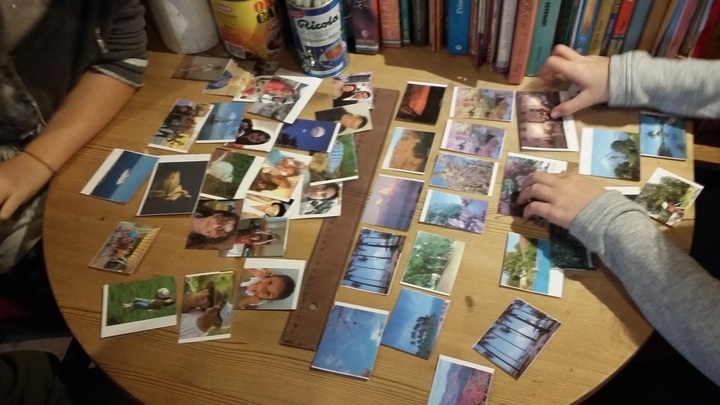
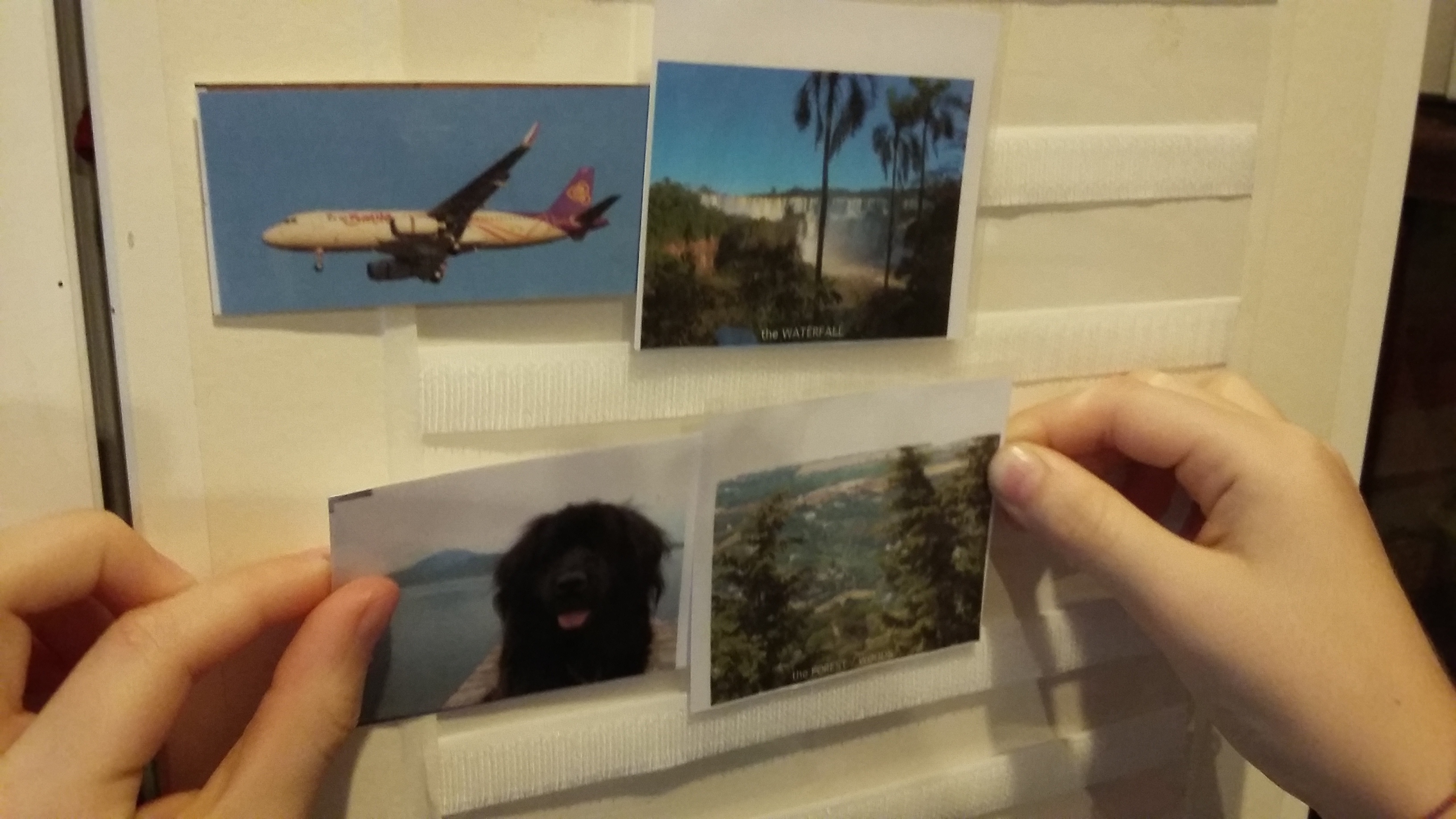
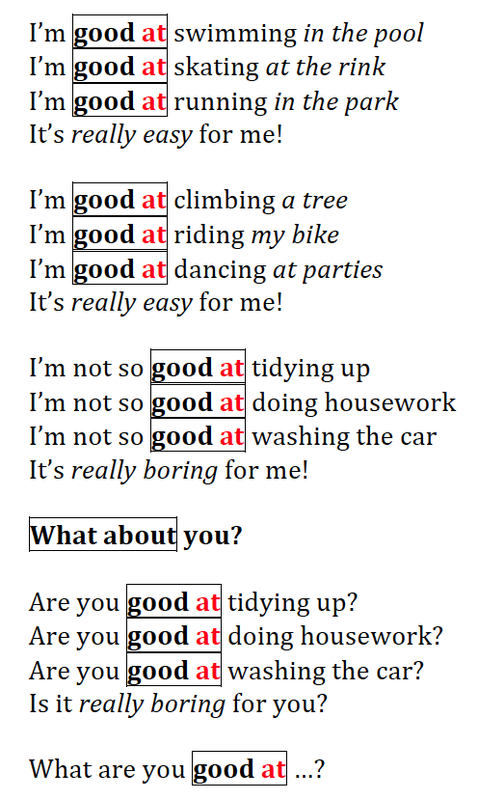
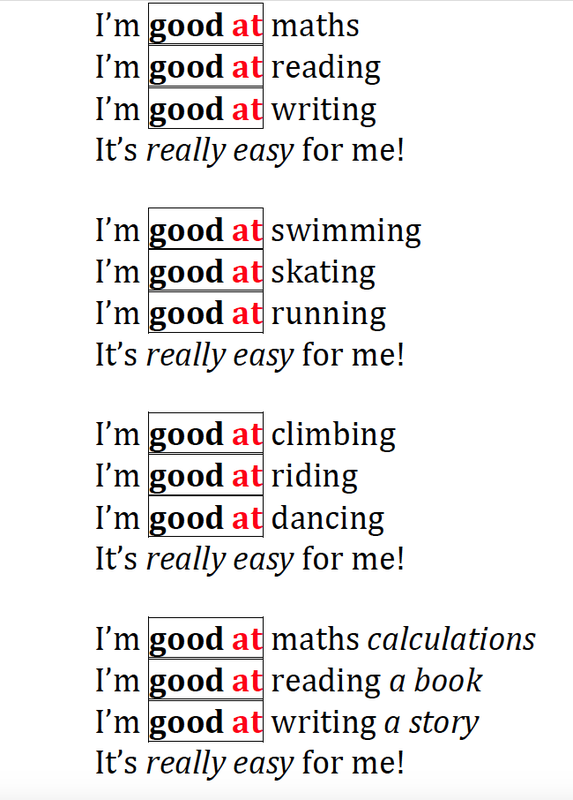
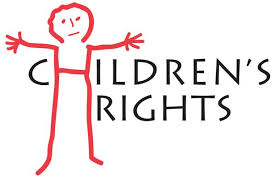
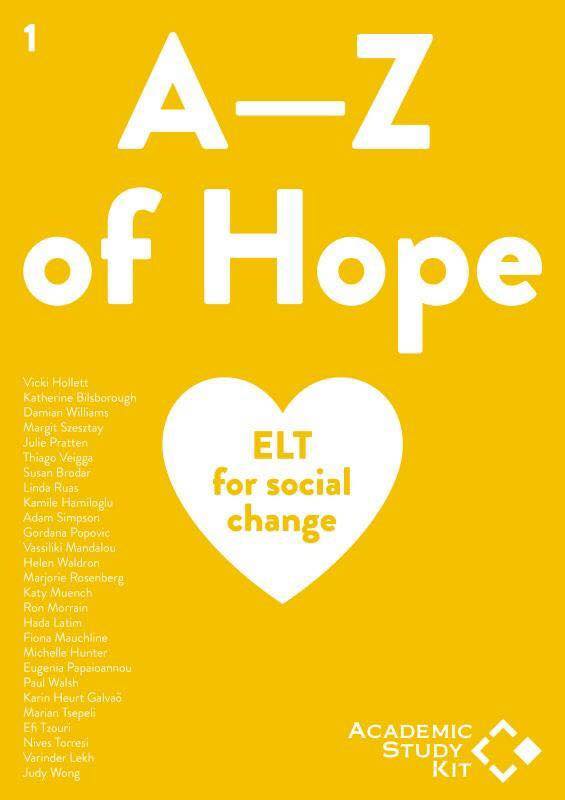
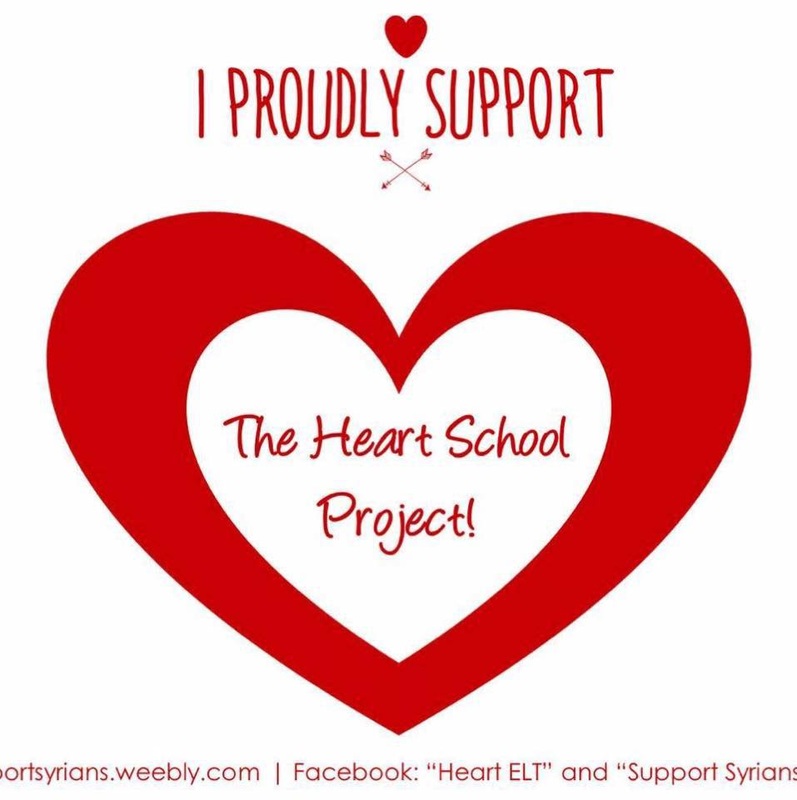
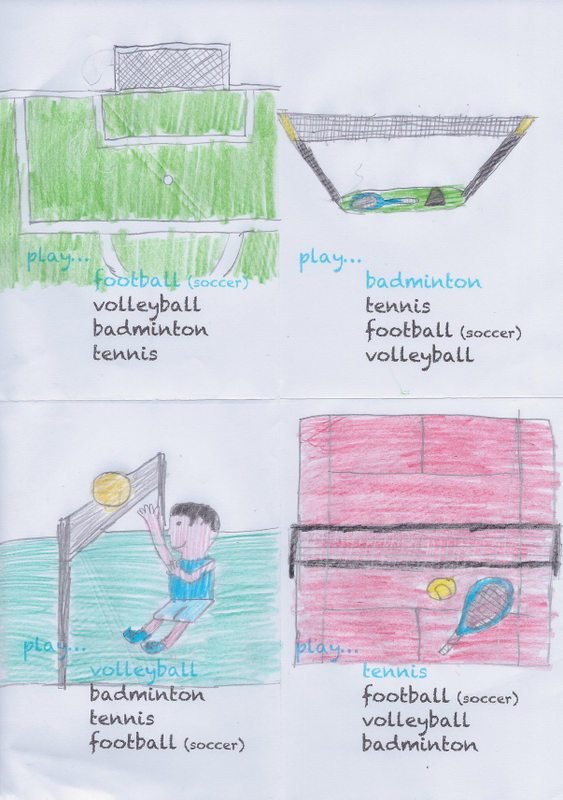
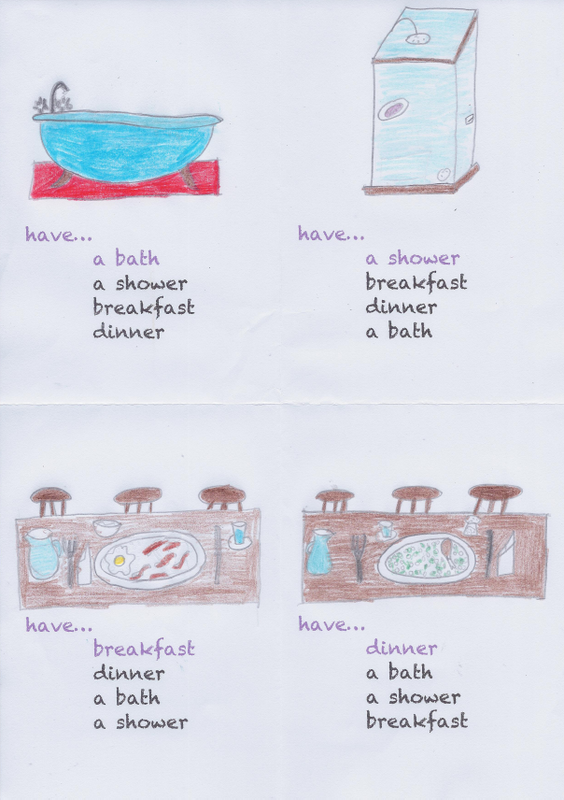
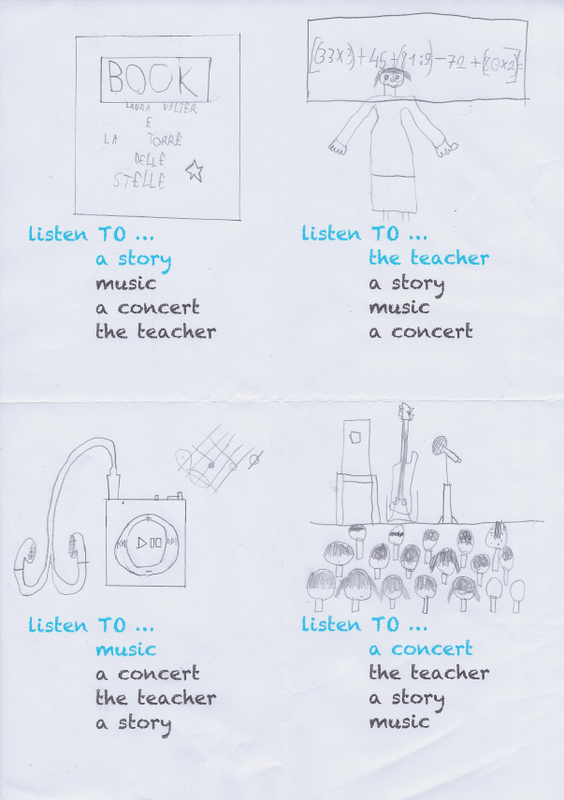
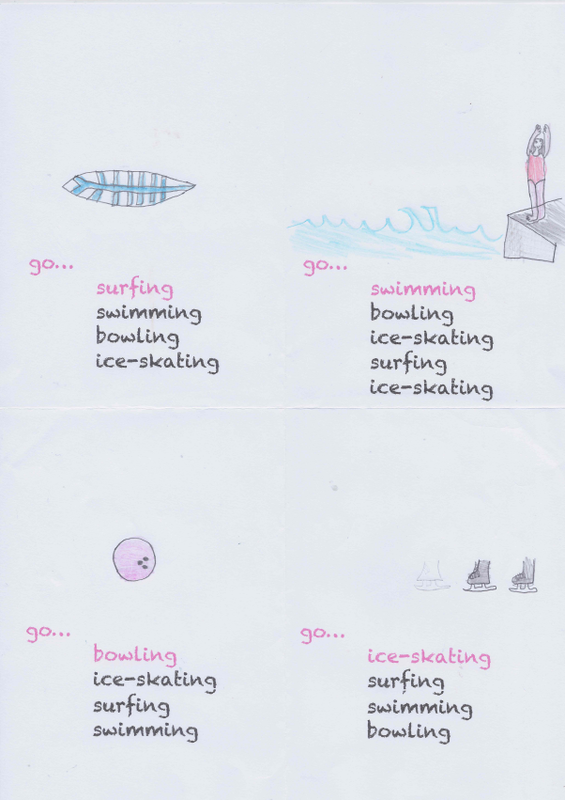
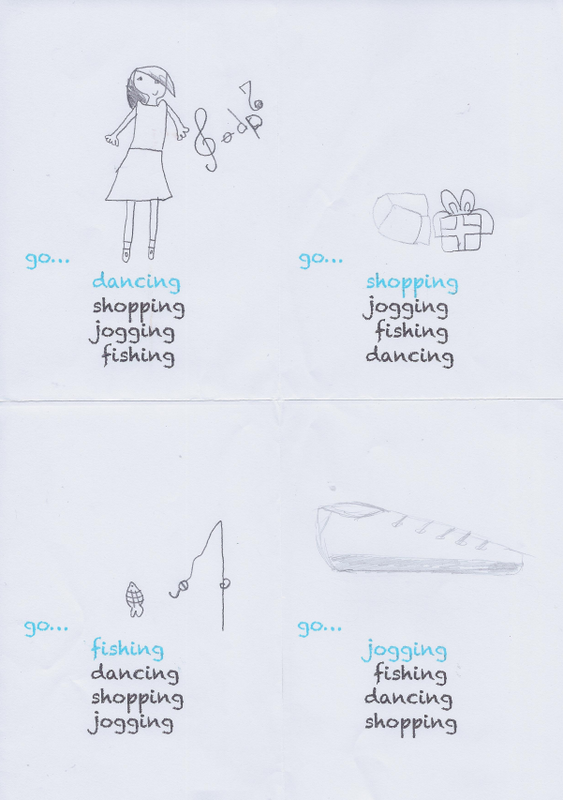
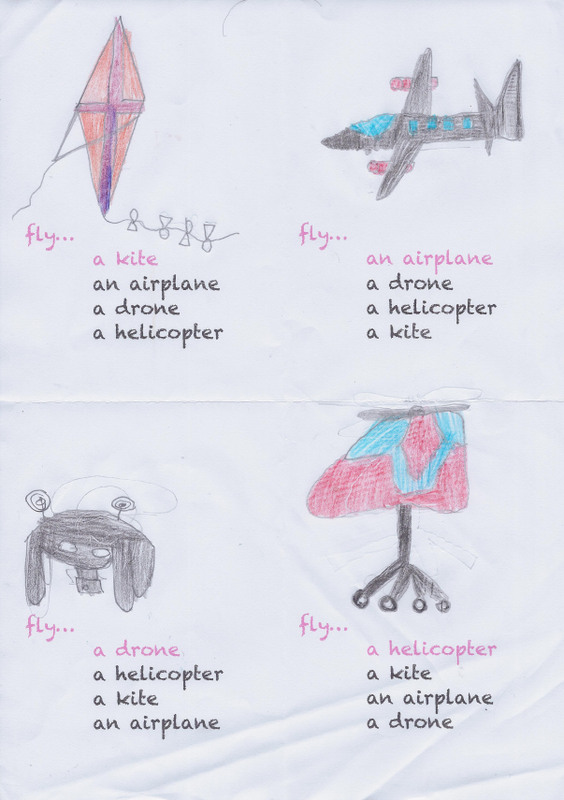
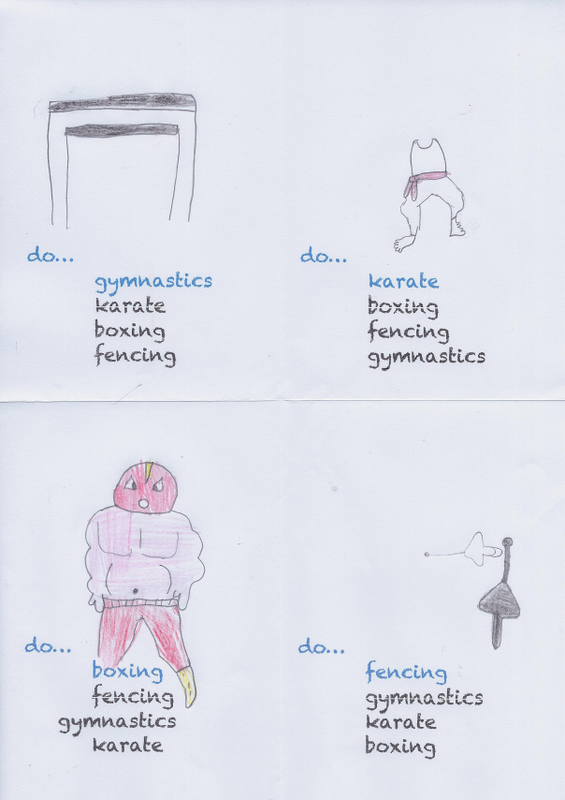
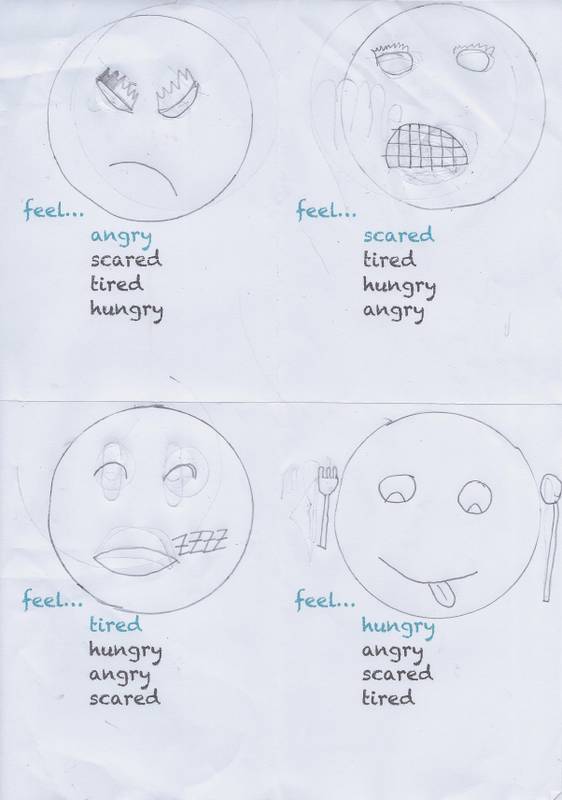
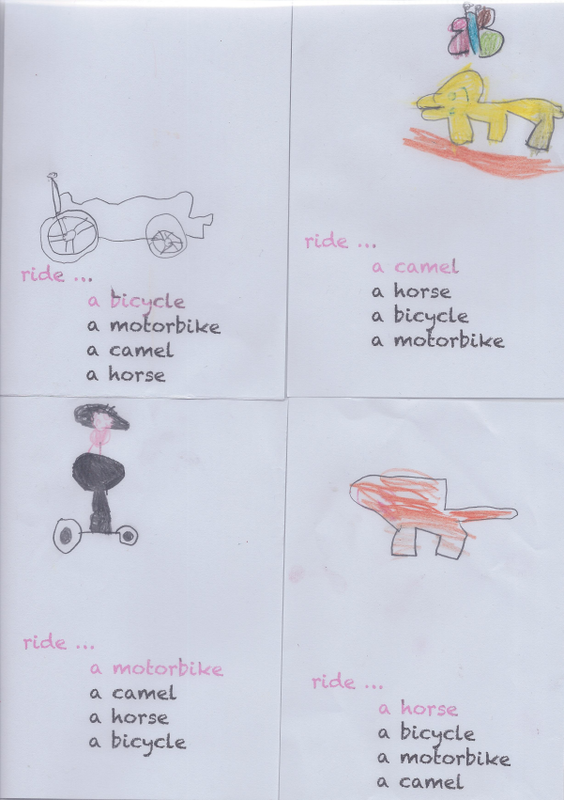
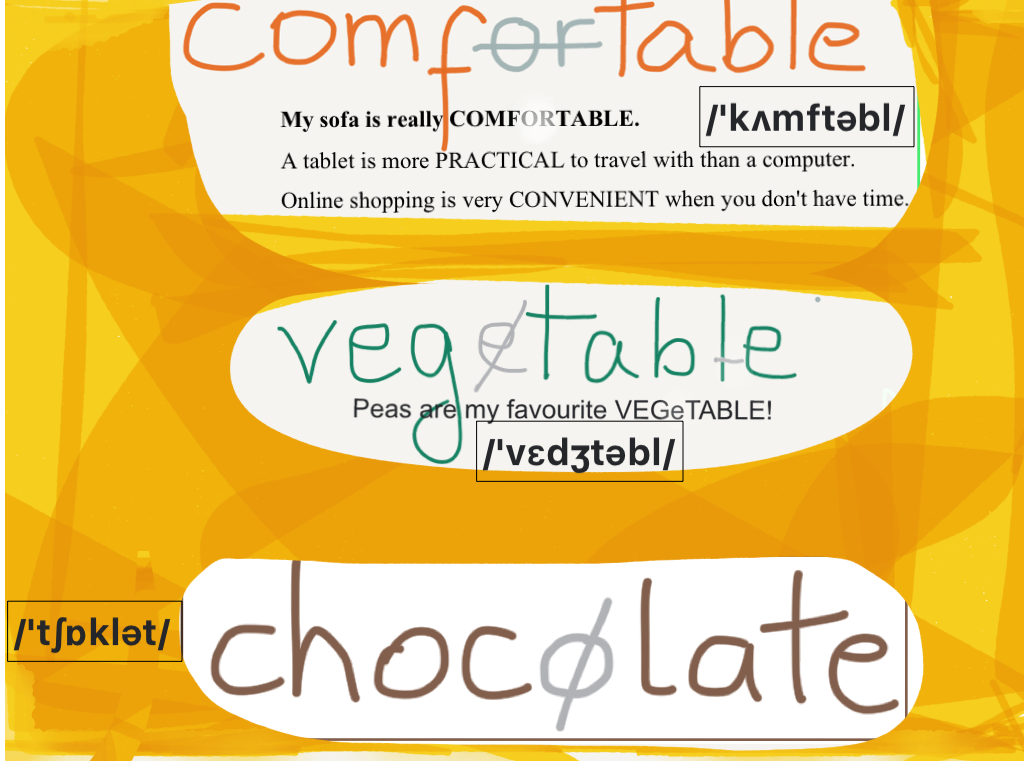
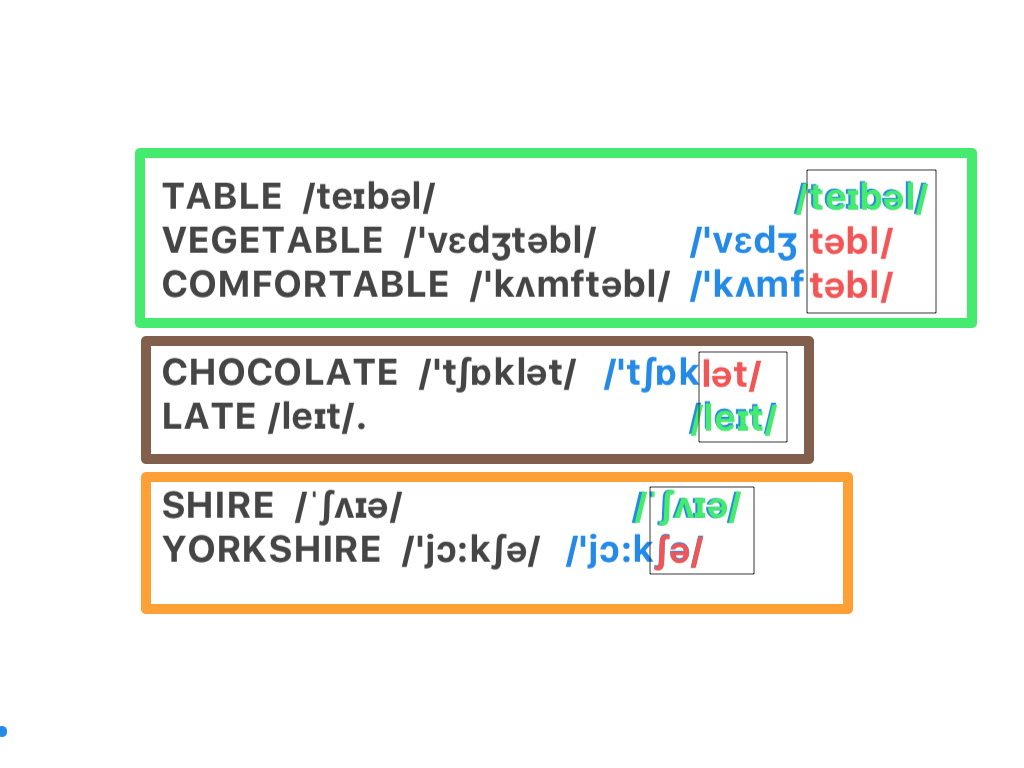
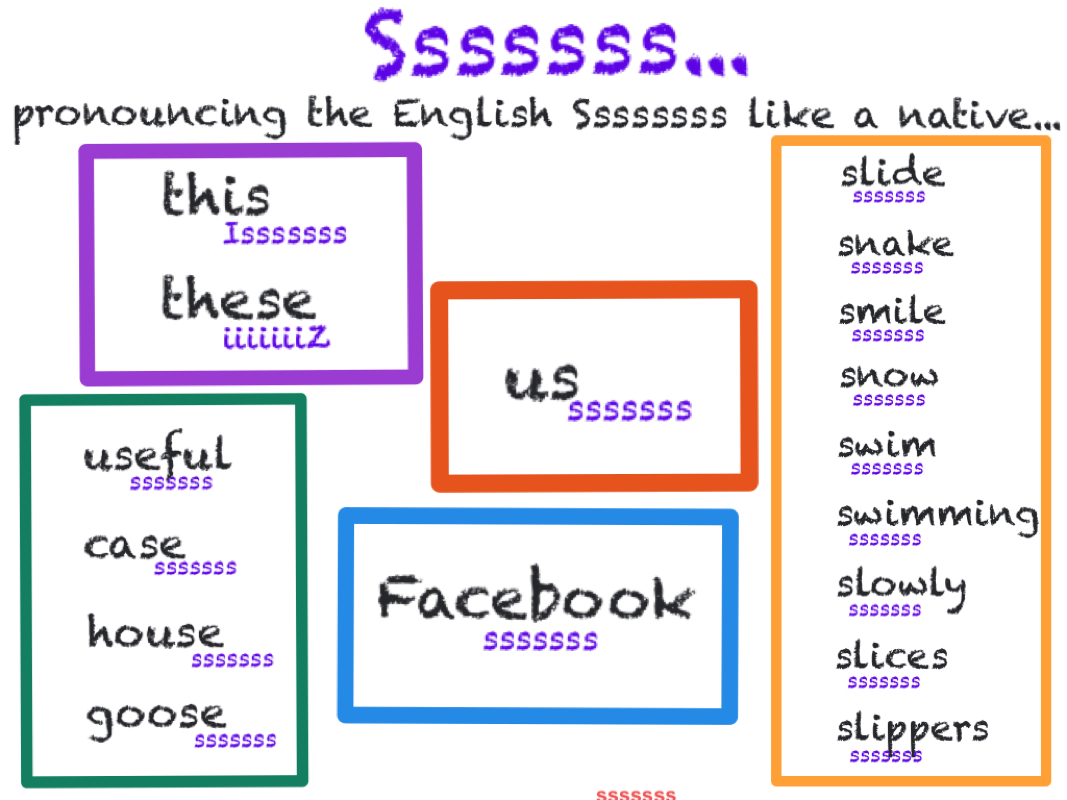
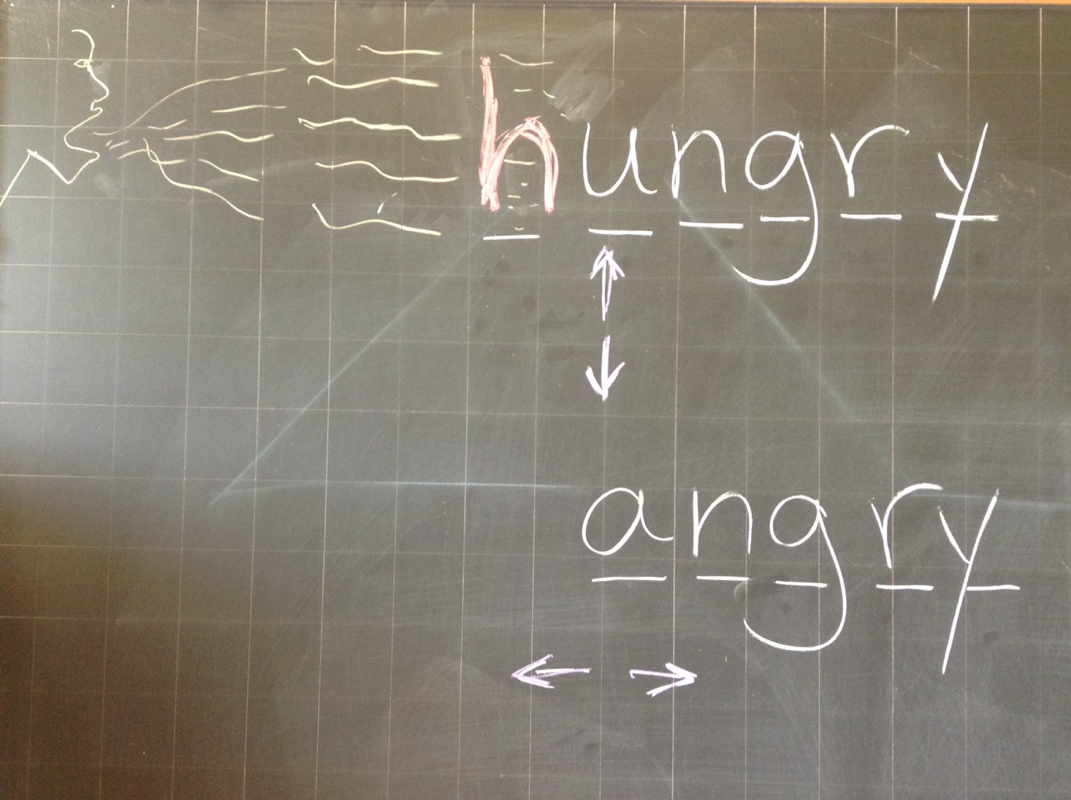

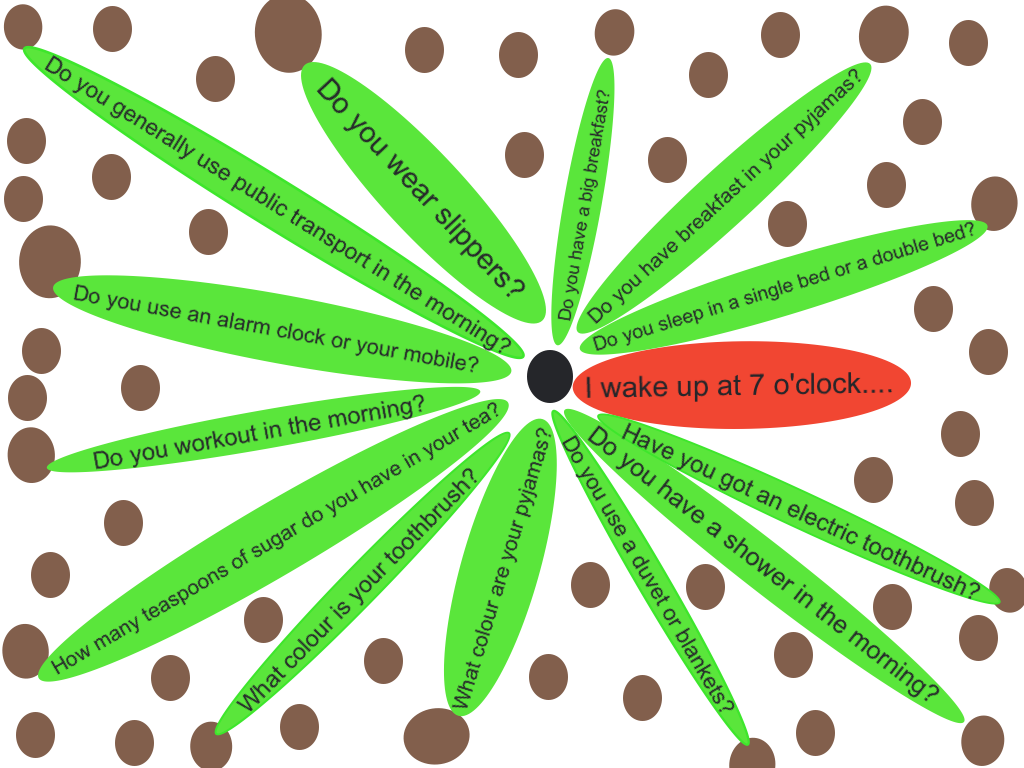


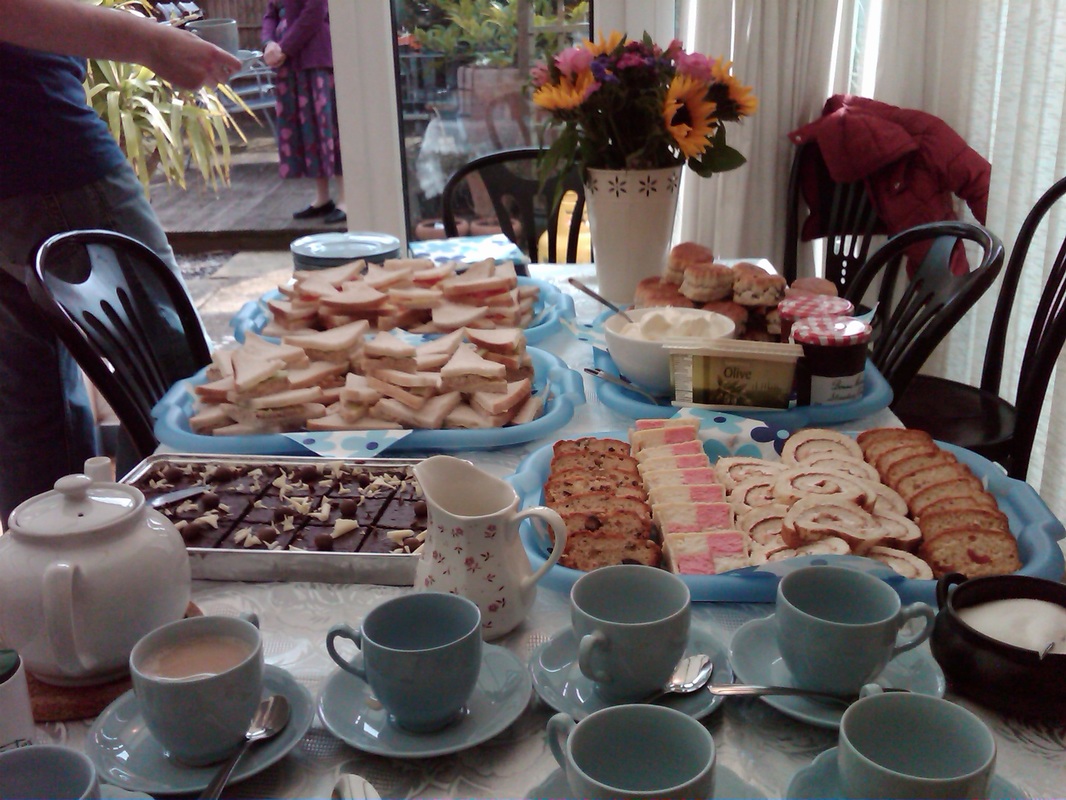

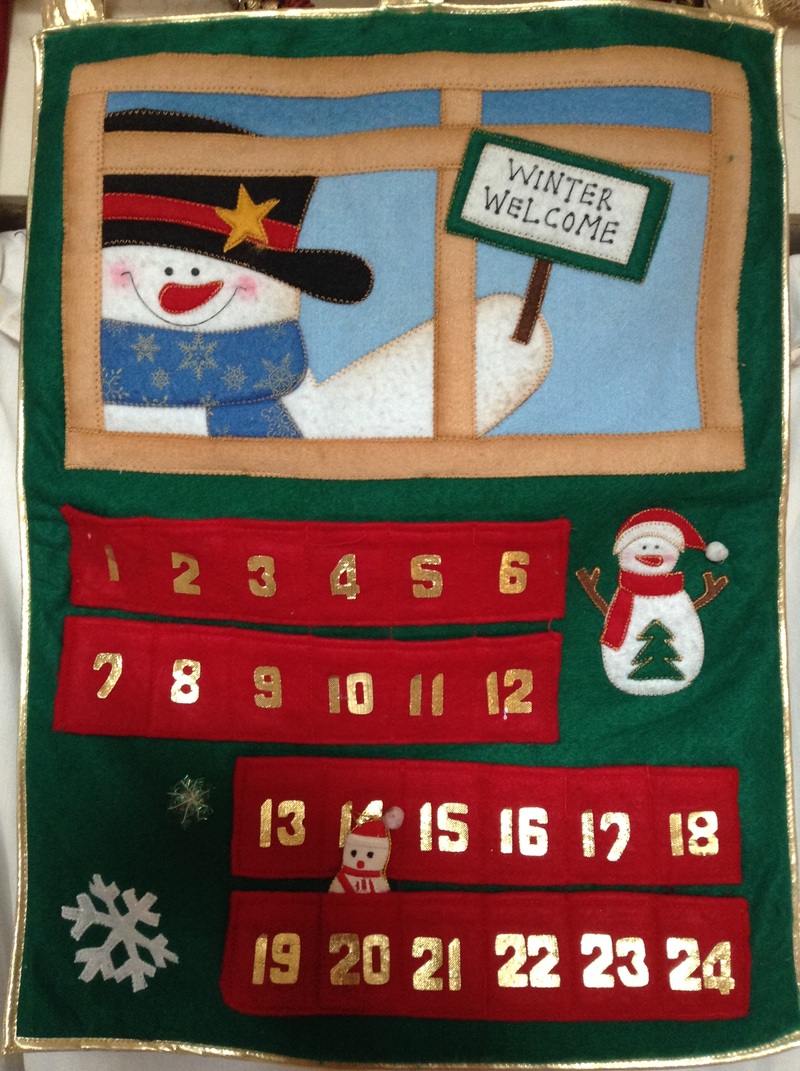
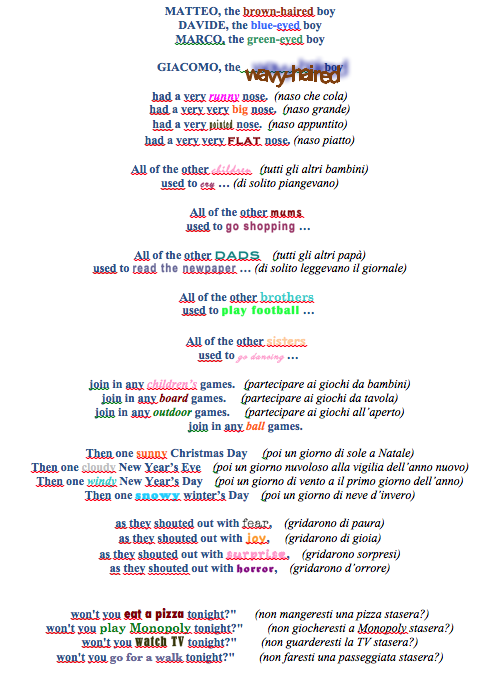
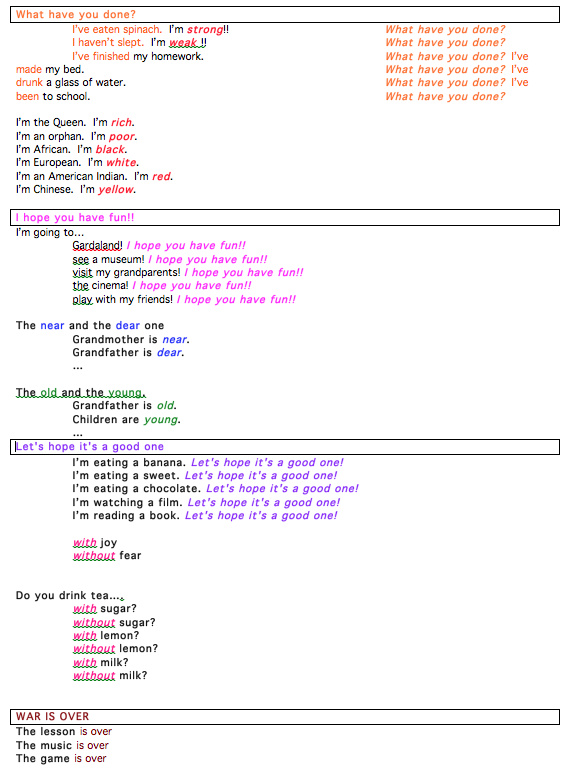
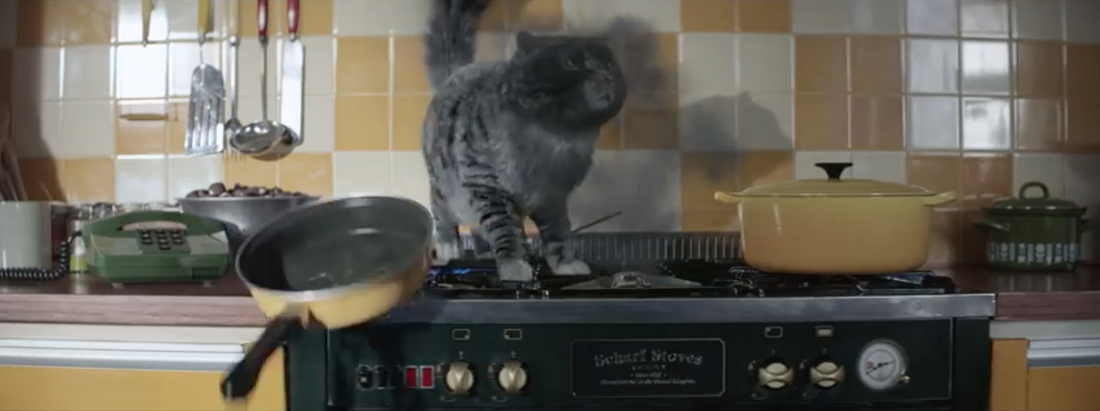
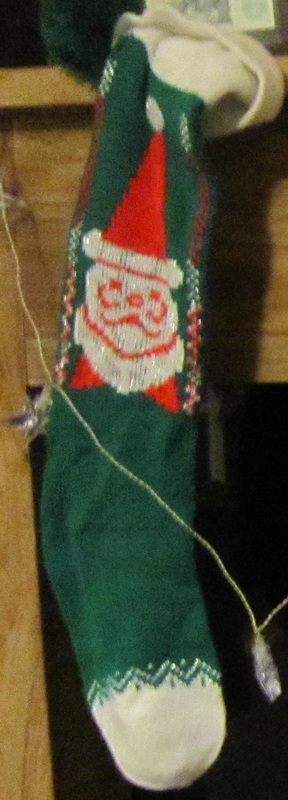
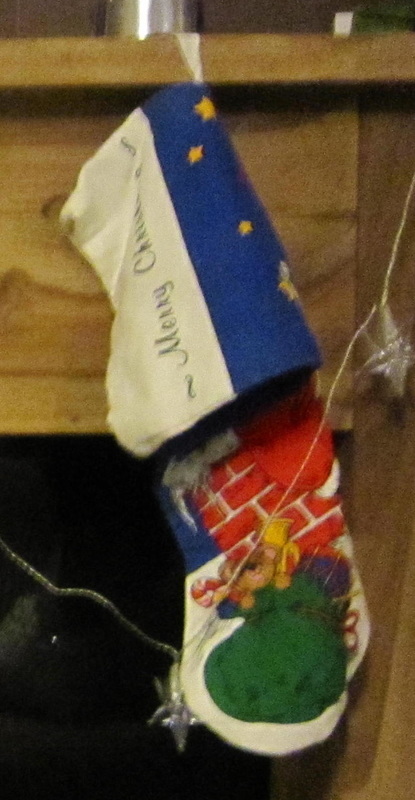
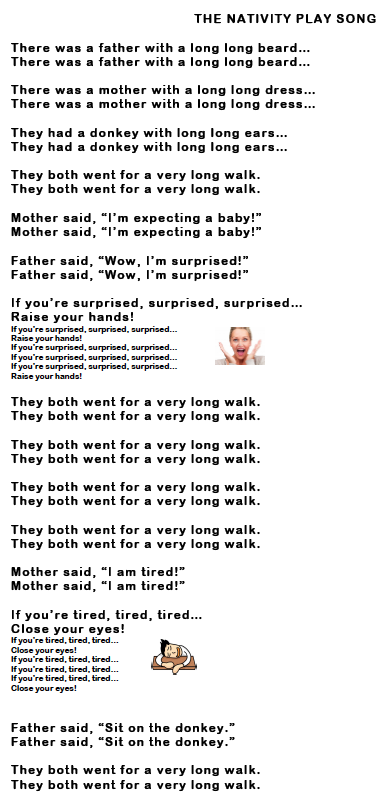
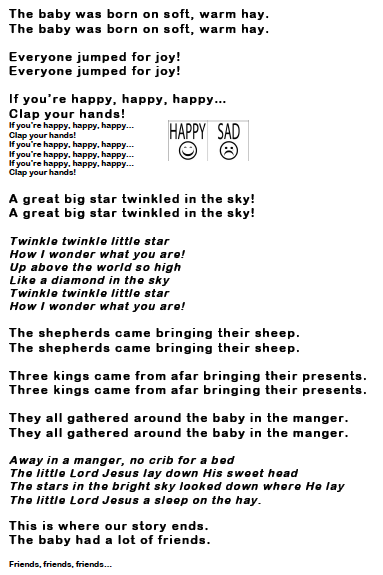
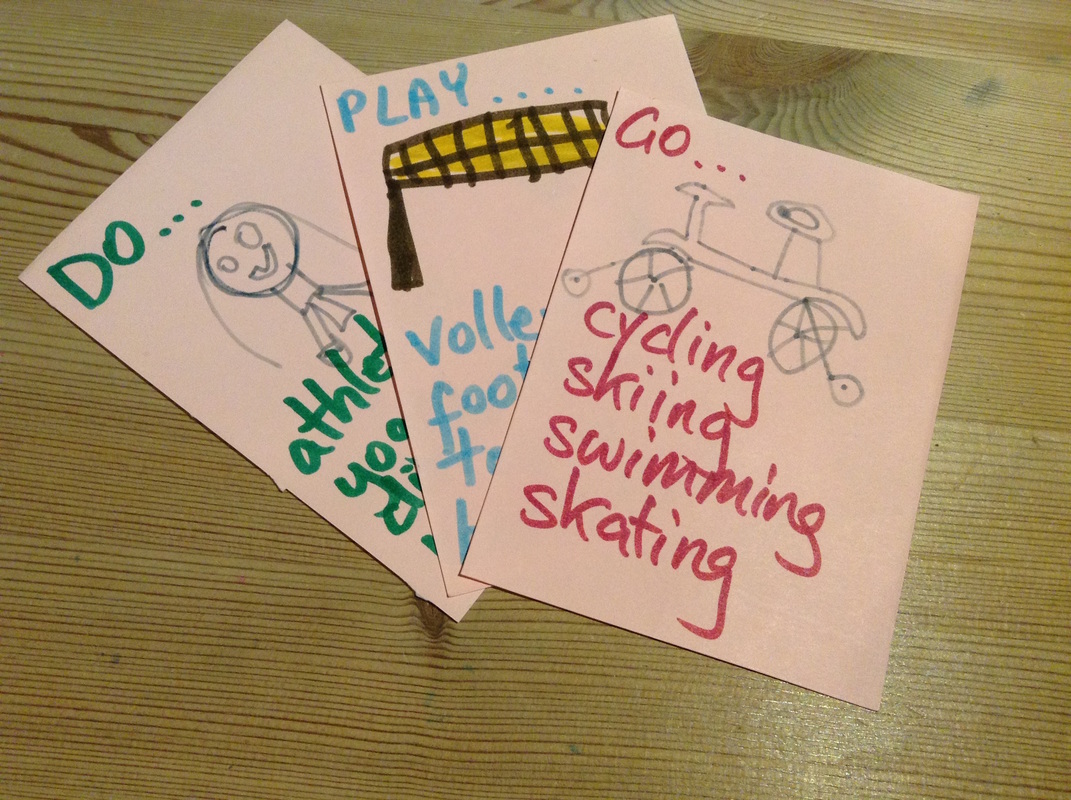
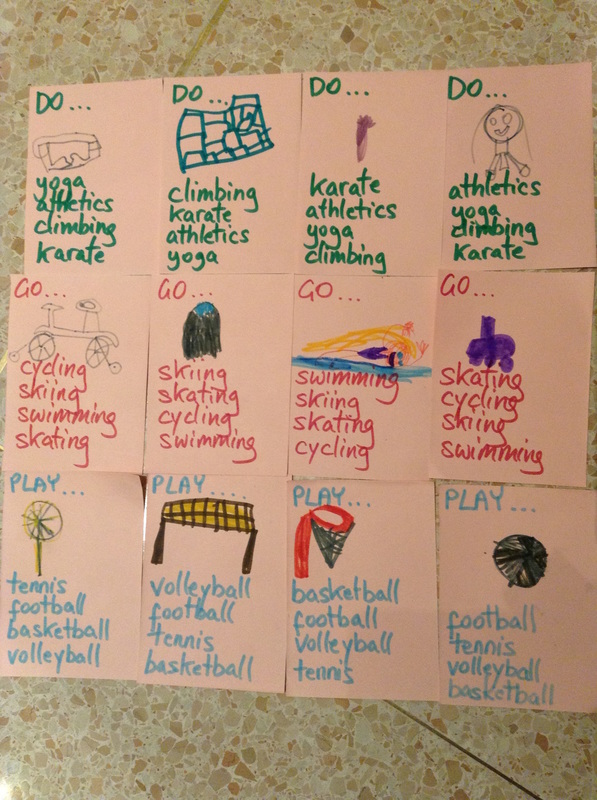
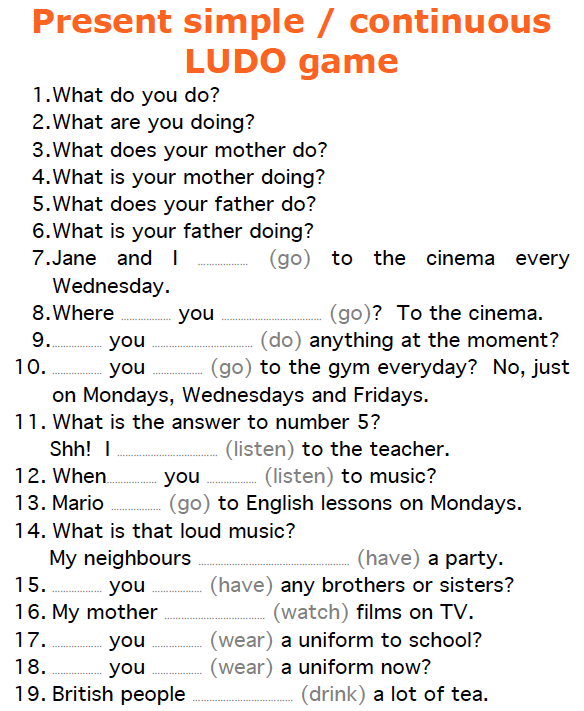
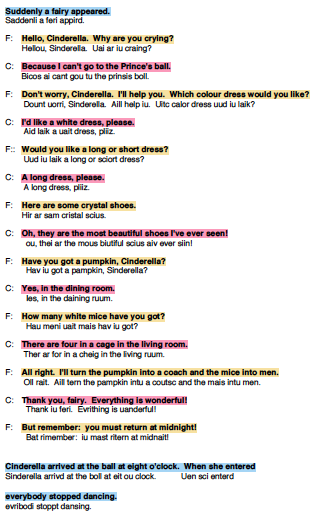
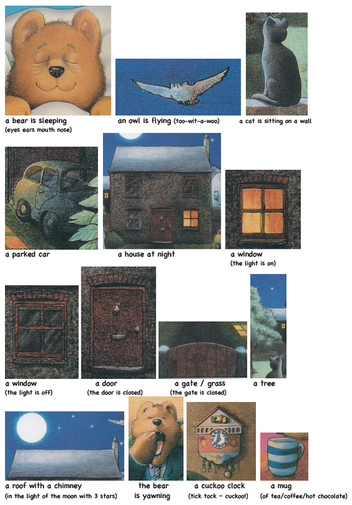
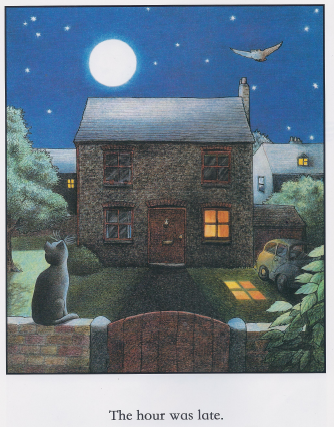
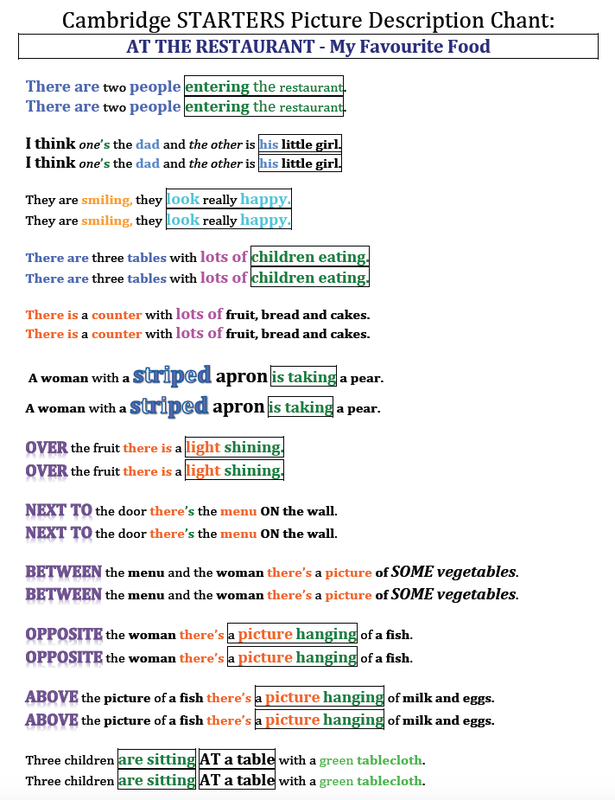
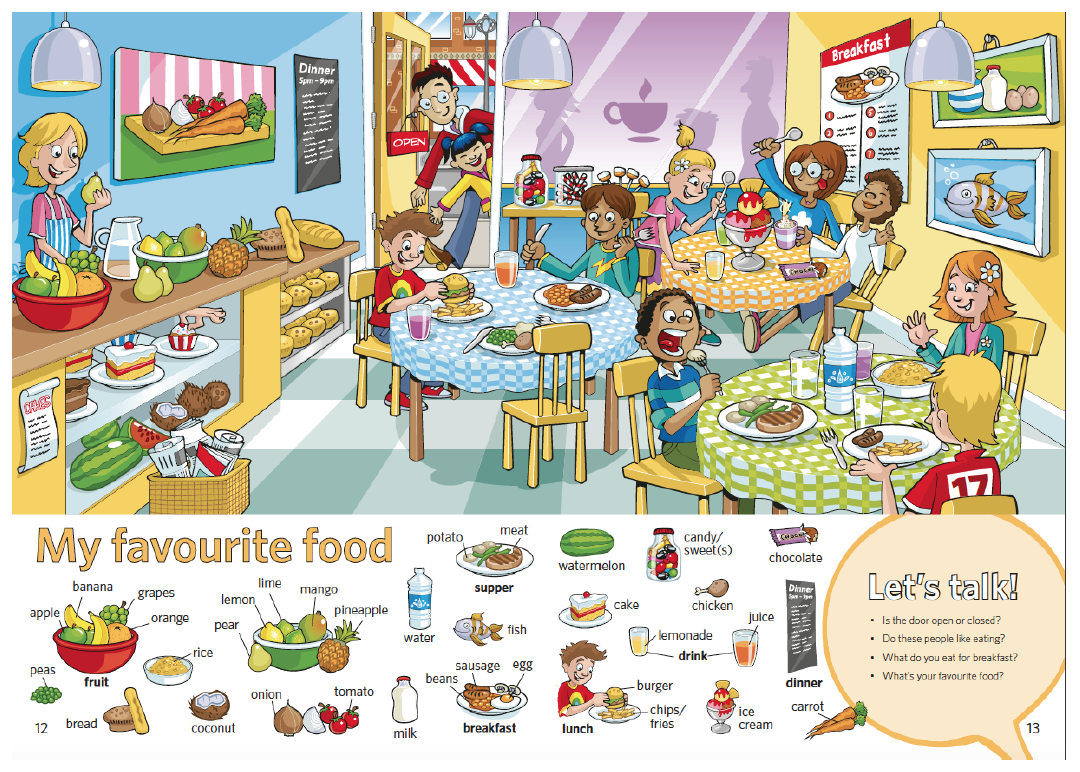


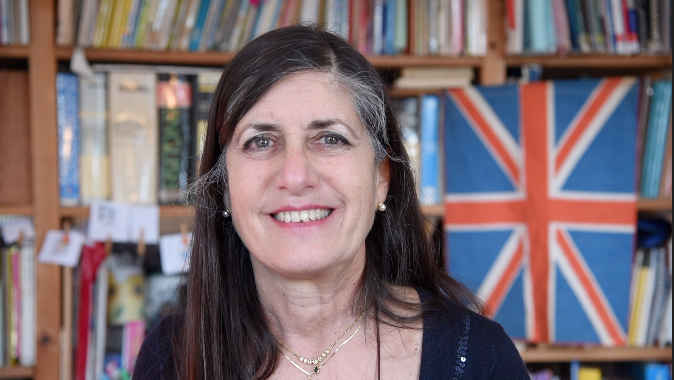

 RSS Feed
RSS Feed
